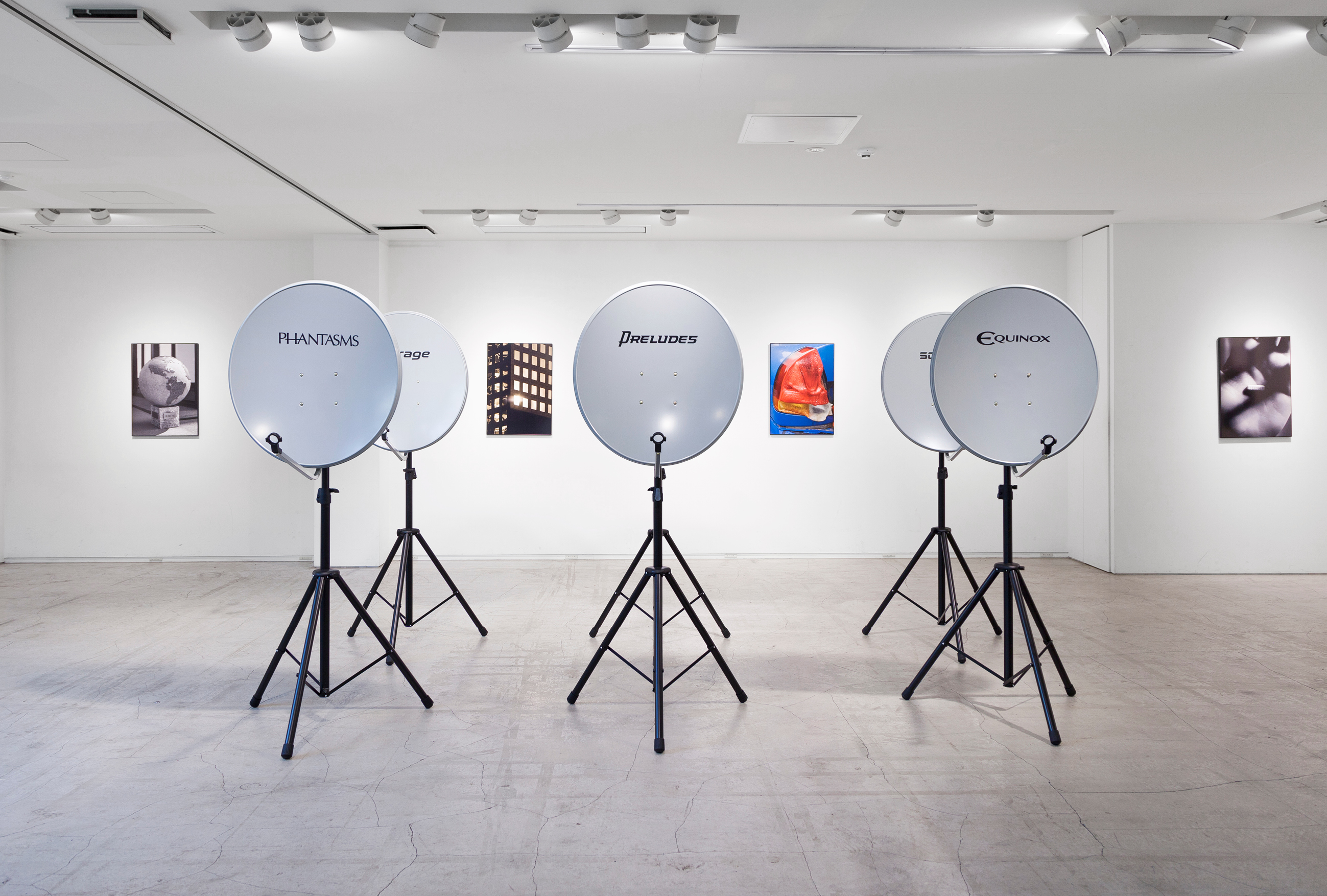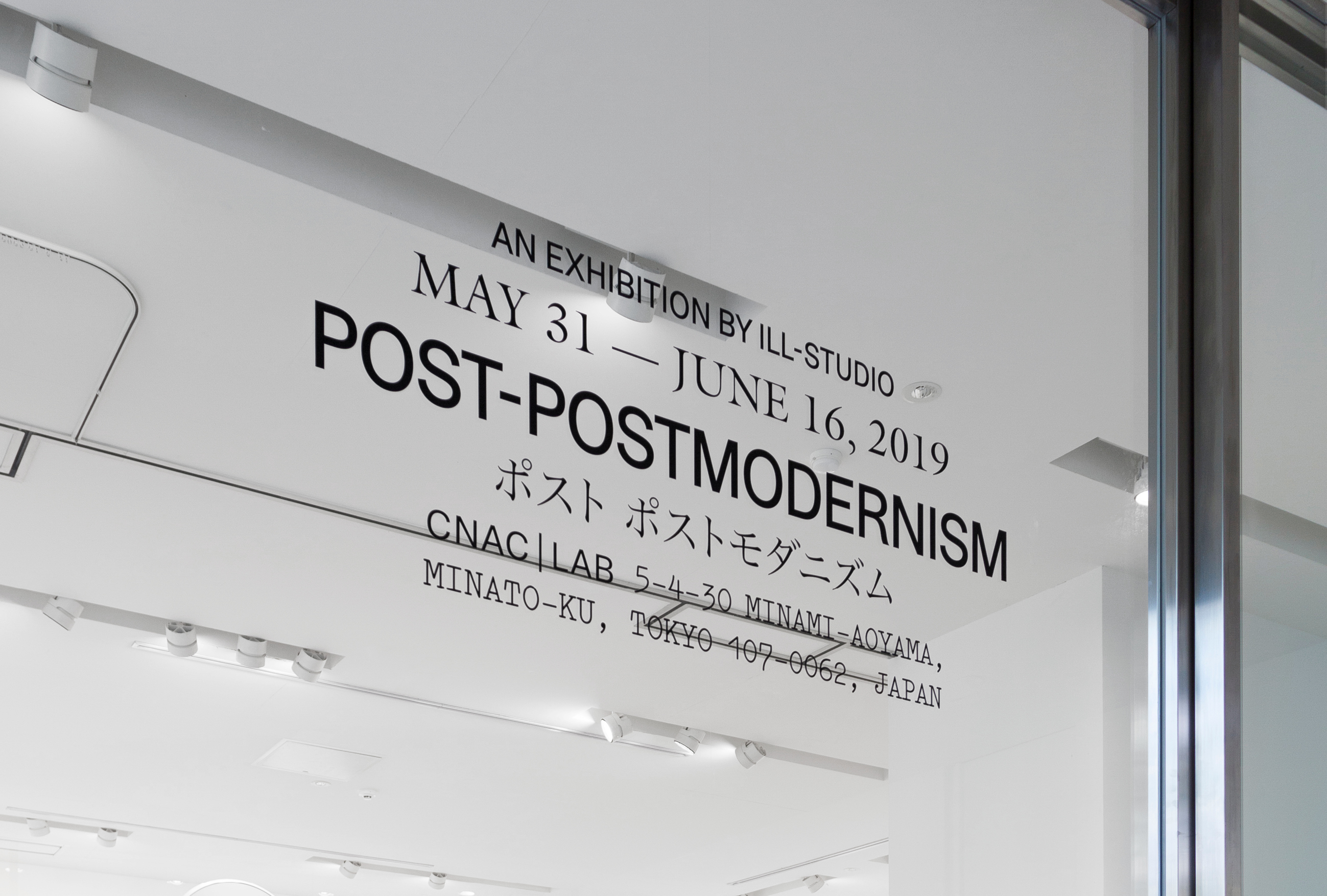The subject of these photographs is the photographic process in itself. They are the result of intertwining the analog and digital photographic process. They exemplify how photographs can be altered into a different form and given another kind of purpose. How photographs are never truly fixed and in a constant stage of possible further alteration.
The title ”Fujicolor Crystal Archive” refers to the photographic paper with the same name manufactured by Fujifilm. It’s intended for use in the darkroom when making photographic prints. The pieces of paper seen in these images have been exposed to light, developed and fixed in an analog manner, taking the shape of photograms.
The title ”Fujicolor Crystal Archive” refers to the photographic paper with the same name manufactured by Fujifilm. It’s intended for use in the darkroom when making photographic prints. The pieces of paper seen in these images have been exposed to light, developed and fixed in an analog manner, taking the shape of photograms.
These photograms have then been torn into fragments. Mixed with other pieces of photograms and reassembled as temporary sculptures - in order to be illuminated by light once again and digitally photographed. What once was a flat 2-dimensional surface became a 3-dimensional object, and then returned to 2-dimensionality.
Title: Fujicolor Crystal Archive
Year: 2024
Title: Fujicolor Crystal Archive
Year: 2024
Since 2015, Carl Ander has been collecting manuals illustrated with photographs on the topics of sports, health and self-help instructional books that aspire to teach anything from how to wrestle or ski, to how to stretch or massage.
In the series Static Motion, Ander presents selected photographs, pages or spreads from books without disclosing their accompanying text instructions; therefore there is no longer any explanation regarding how to interpret these images. The logic underpinning their existence is obscured.
By separating these instructional photographs from their original context, they lose their ability to teach as originally intended. Nonetheless, this does not completely negate their ability to teach. Collectively, these images can now serve as a manual on how to photograph the body in motion.
The photographs are frequently accompanied by illustrations. Arrows and other graphical elements have been drawn on top of the photographs to indicate the direction of movement. Interventions such as these suggest that a single frame alone is unable to indicate motion and thus fulfill its instructional task.
In the series Static Motion, Ander presents selected photographs, pages or spreads from books without disclosing their accompanying text instructions; therefore there is no longer any explanation regarding how to interpret these images. The logic underpinning their existence is obscured.
By separating these instructional photographs from their original context, they lose their ability to teach as originally intended. Nonetheless, this does not completely negate their ability to teach. Collectively, these images can now serve as a manual on how to photograph the body in motion.
The photographs are frequently accompanied by illustrations. Arrows and other graphical elements have been drawn on top of the photographs to indicate the direction of movement. Interventions such as these suggest that a single frame alone is unable to indicate motion and thus fulfill its instructional task.
Title: Static Motion
Year: 2015 - ongoing
Exhibition views from the Cortona on the Move Festival (Cortona, Italy, 2024) curated by Kublaiklan Collective and Paolo Woods.
Image credit: Matteo Losurdo/Kublaiklan
Year: 2015 - ongoing
Exhibition views from the Cortona on the Move Festival (Cortona, Italy, 2024) curated by Kublaiklan Collective and Paolo Woods.
Image credit: Matteo Losurdo/Kublaiklan


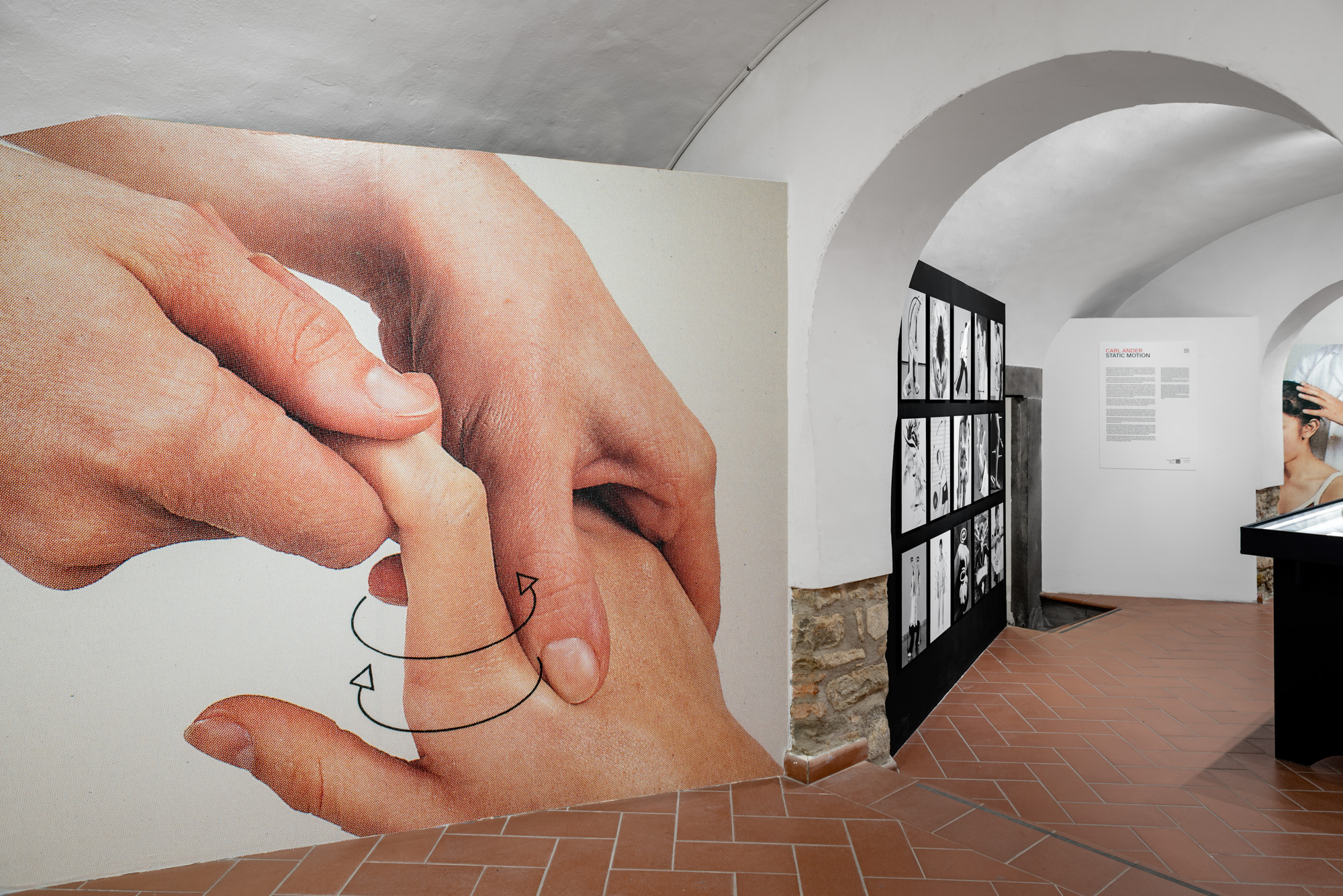




This incomplete manual leaves you with no instructions and reveals no secrets. Instead, it’s a starter pack of necessities to perform the activity of keeping goats and making cheese.
An intensely used tool in this process is the body. You’ll need it in almost every step throughout the day. Not only for milking, but also carrying fences and moving your herd. The mountainous terrain of Lessinia adds an extra demanding layer while performing these activities up and down the hills.
The exact course of action, the amount of ingredients and temperatures will be found elsewhere. But from these observations there are other things to be learned. The skills and tools you’ll need are many and making cheese is more than heating milk.
An intensely used tool in this process is the body. You’ll need it in almost every step throughout the day. Not only for milking, but also carrying fences and moving your herd. The mountainous terrain of Lessinia adds an extra demanding layer while performing these activities up and down the hills.
The exact course of action, the amount of ingredients and temperatures will be found elsewhere. But from these observations there are other things to be learned. The skills and tools you’ll need are many and making cheese is more than heating milk.
The photographs shows farmers Barbara, Fabrizio and Ada residing in Erbezzo, Verona, Italy. This work was made during the SÅM Lessinia residency in 2022, hosted by Fonderia 20.9 (Verona, IT).
Guest Curator: Federico Clavarino.
SÅM Curators: Franceso Biasi, Chiara Bandino, Ana Blagojevic.
Installation views from the exhibition “Three Apprentices” shown in Bosco Chiesanouva including work by Eleonora Agostini and Yana Wernicke.
Guest Curator: Federico Clavarino.
SÅM Curators: Franceso Biasi, Chiara Bandino, Ana Blagojevic.
Installation views from the exhibition “Three Apprentices” shown in Bosco Chiesanouva including work by Eleonora Agostini and Yana Wernicke.
THE CAR


THE ANIMAL
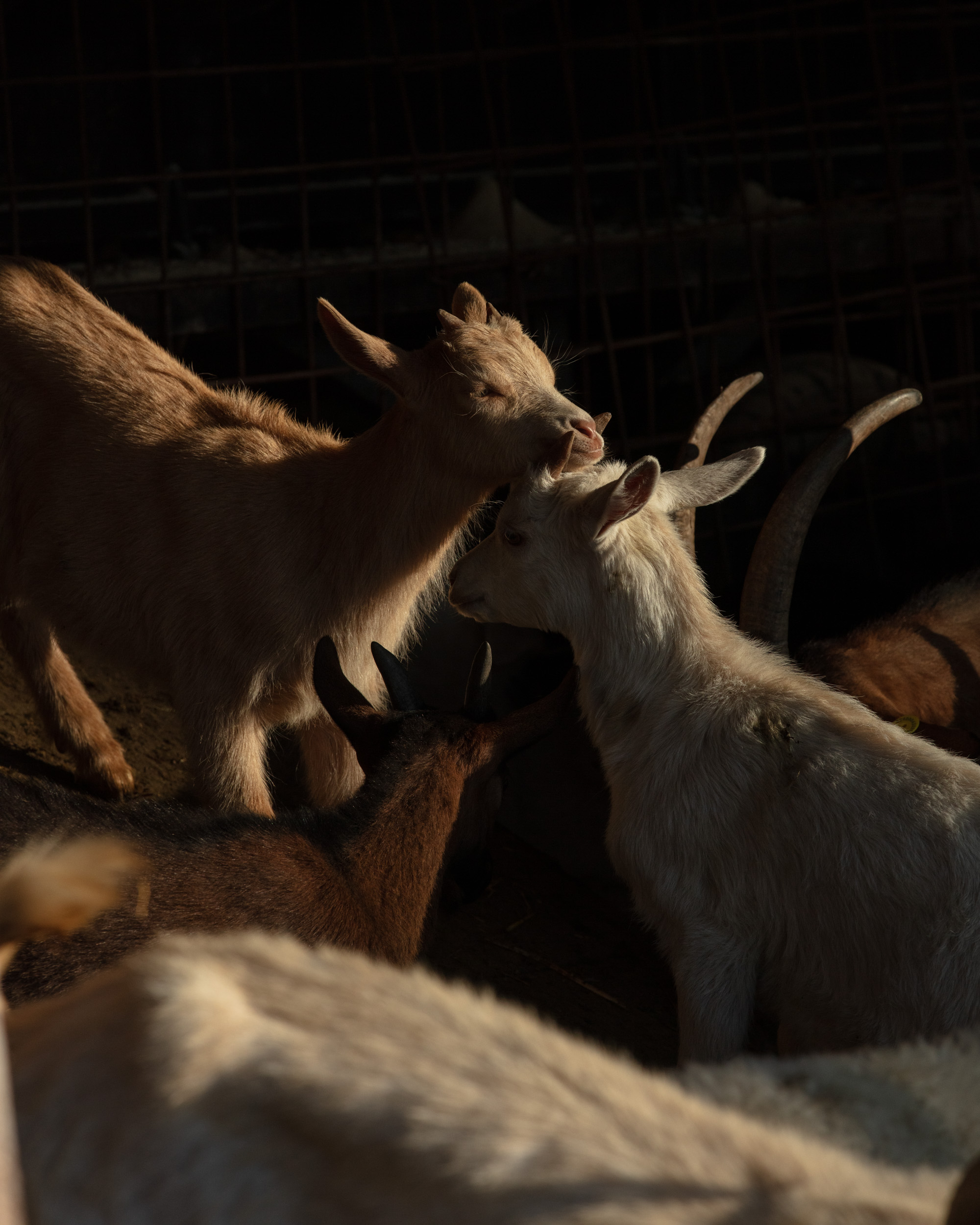
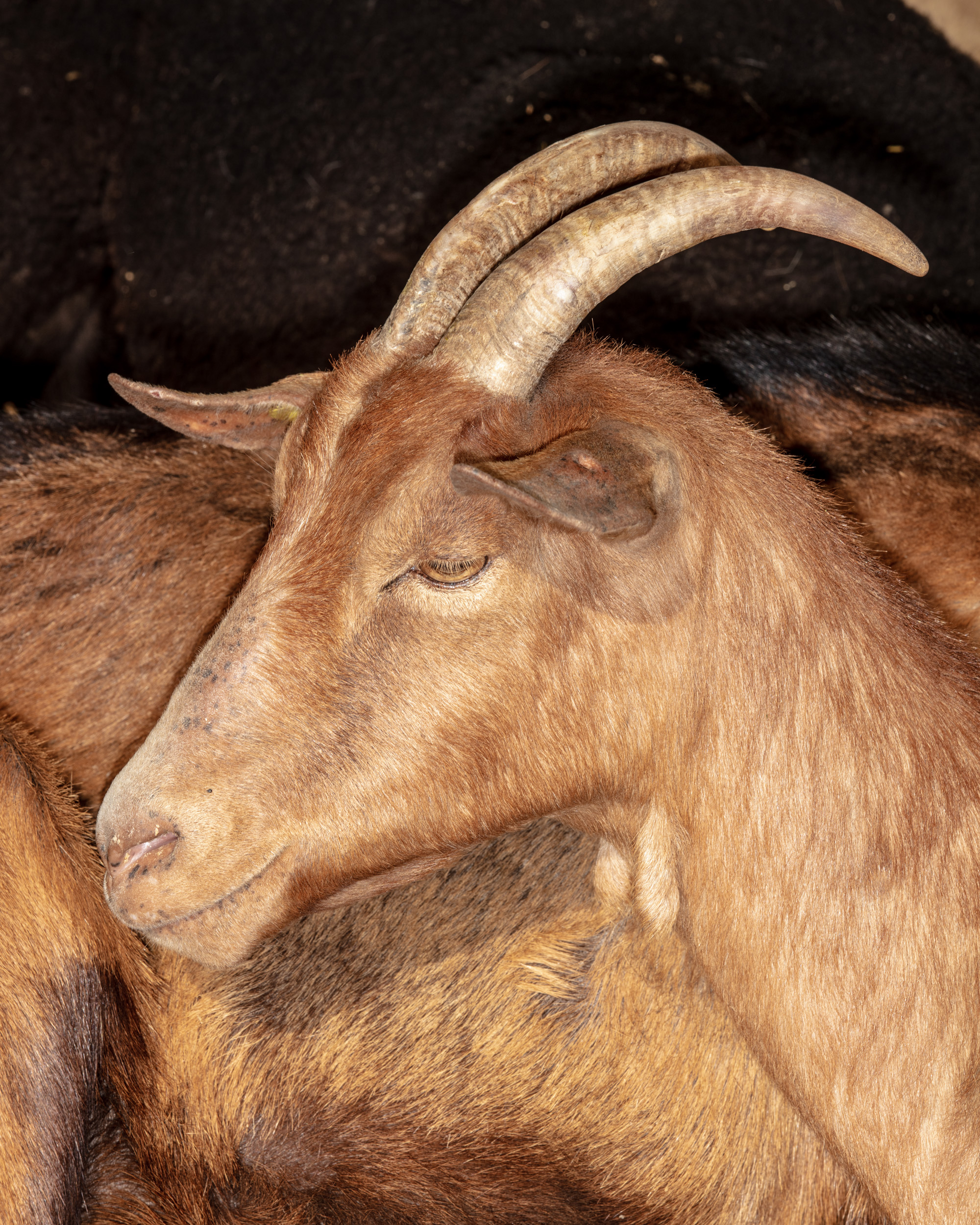
THE BUCKET
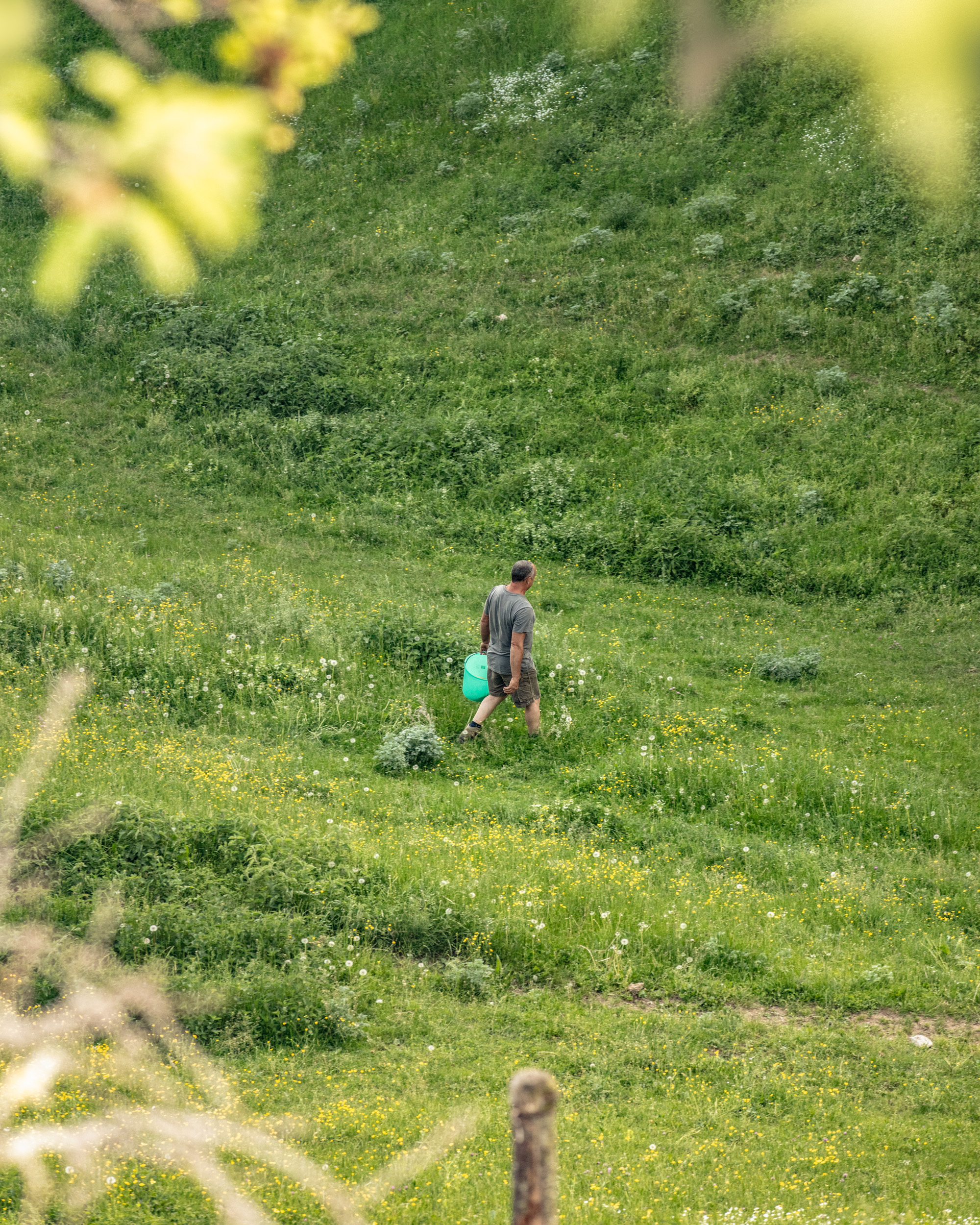

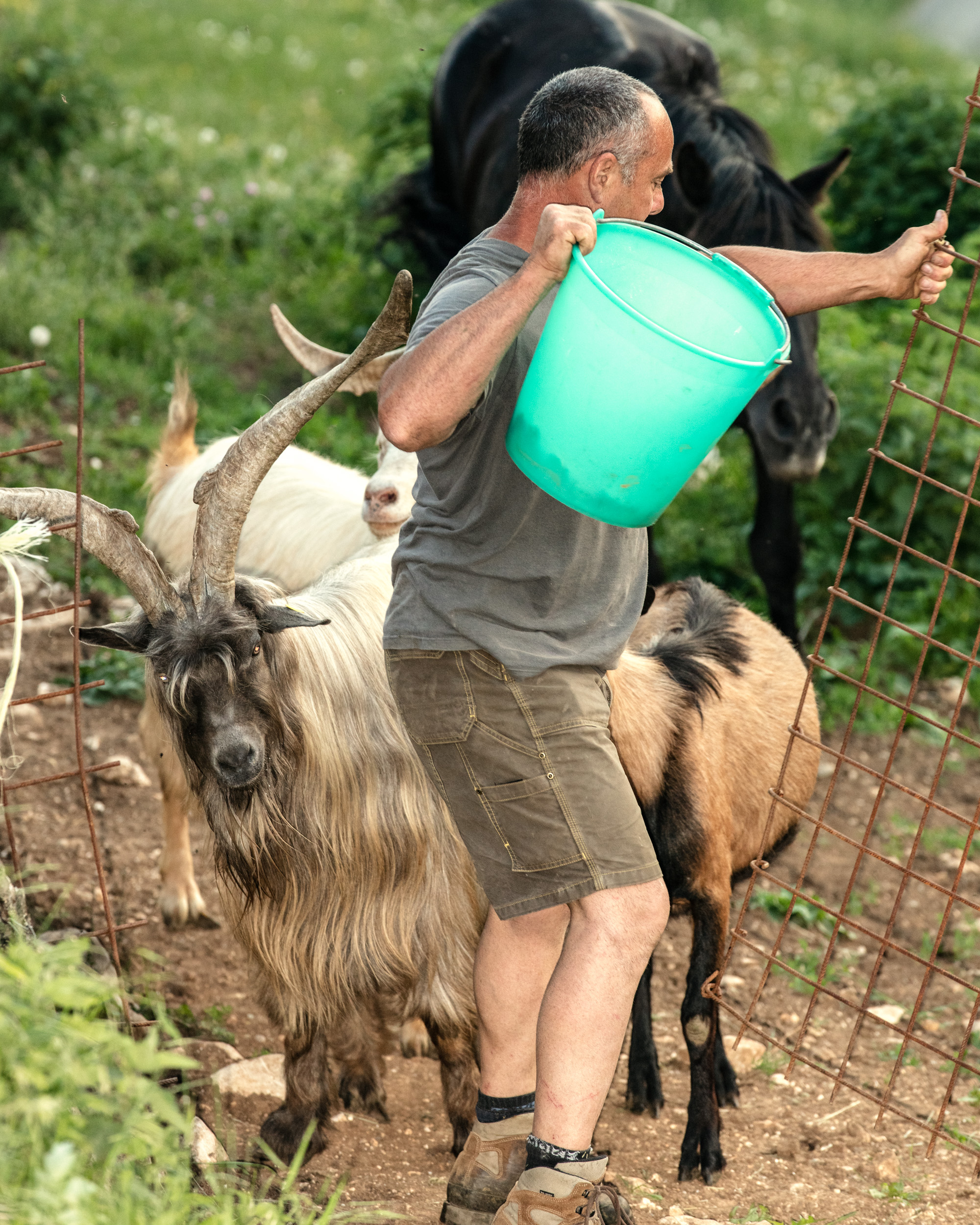
THE FENCE


THE SHOVEL
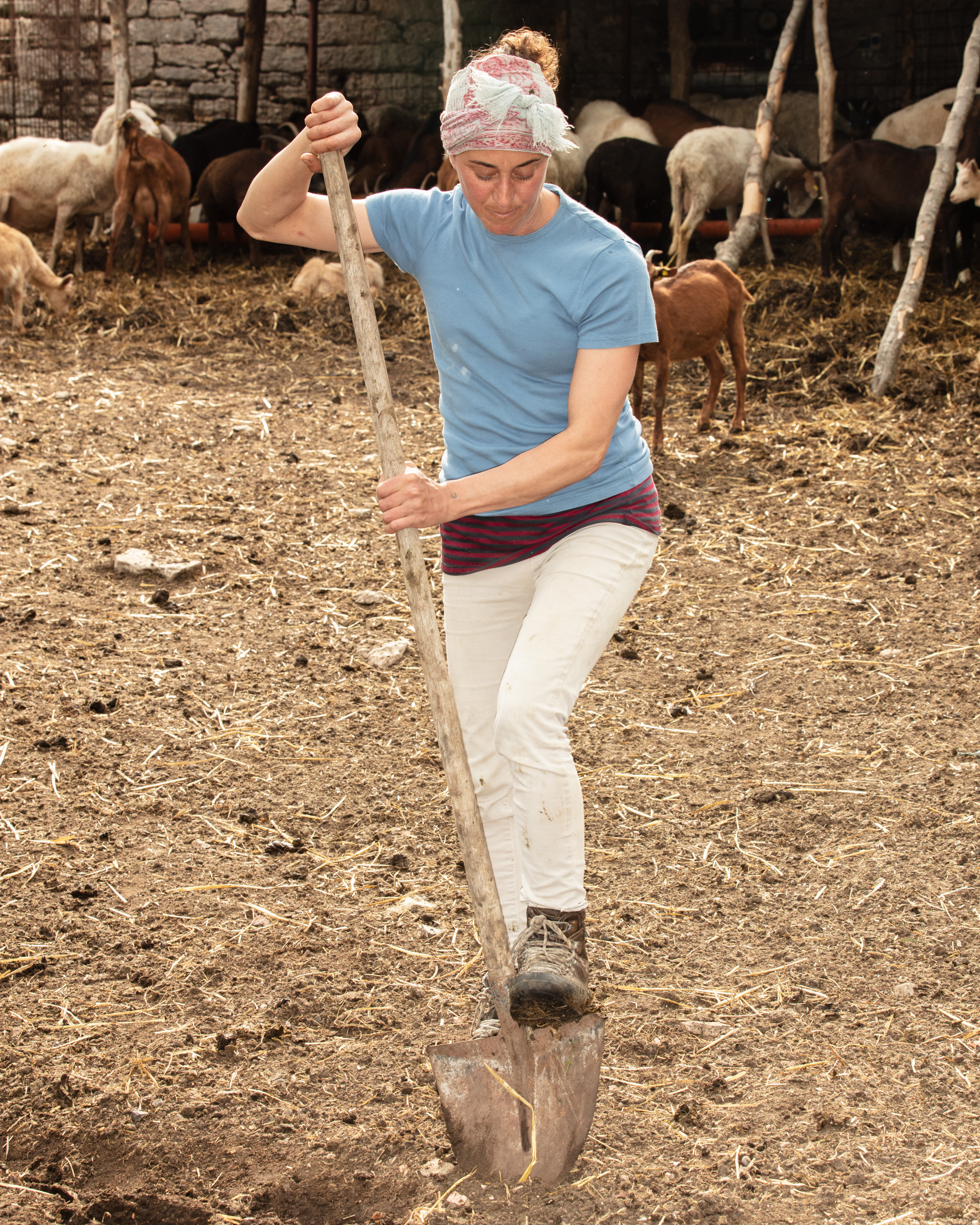
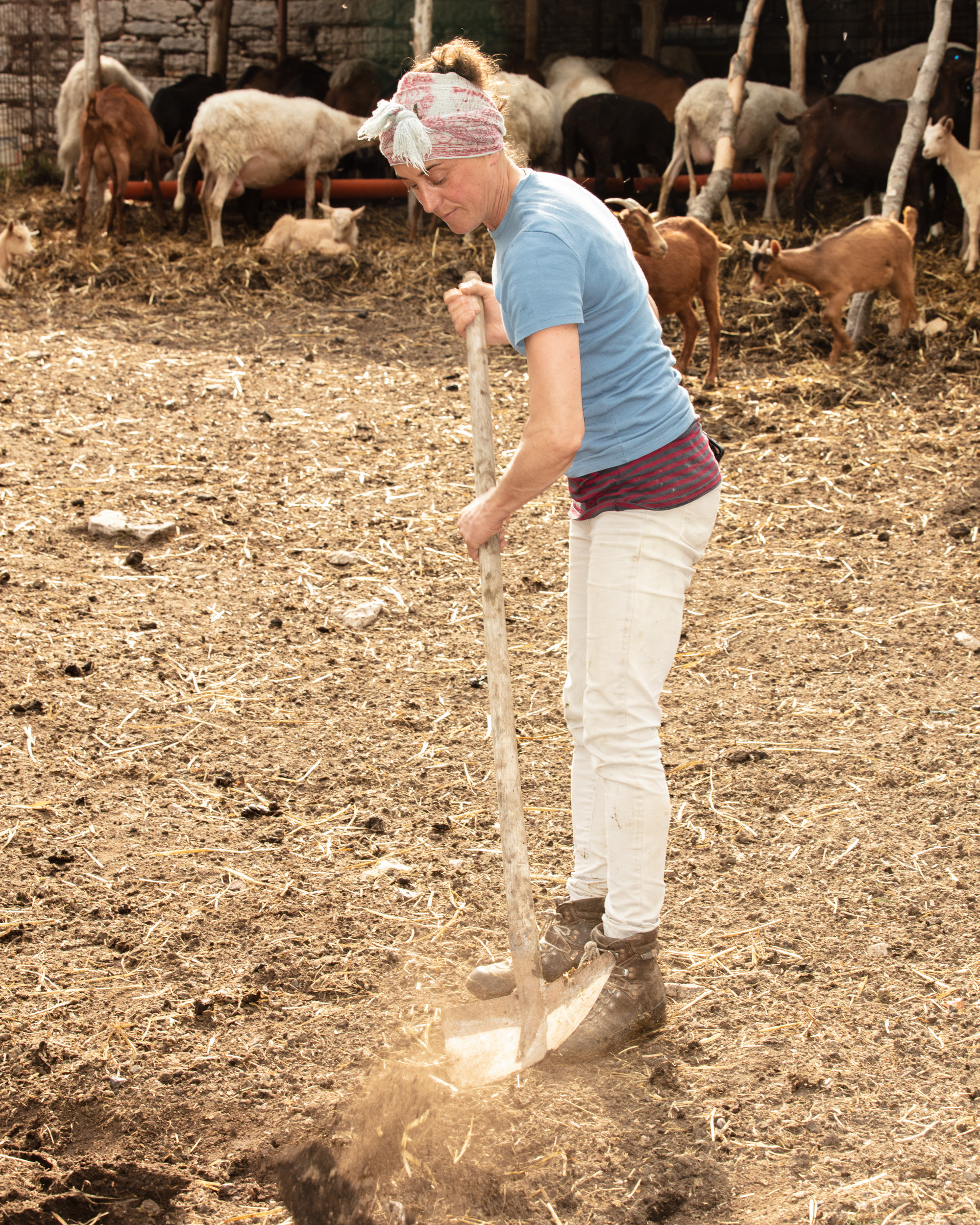
THE POWER
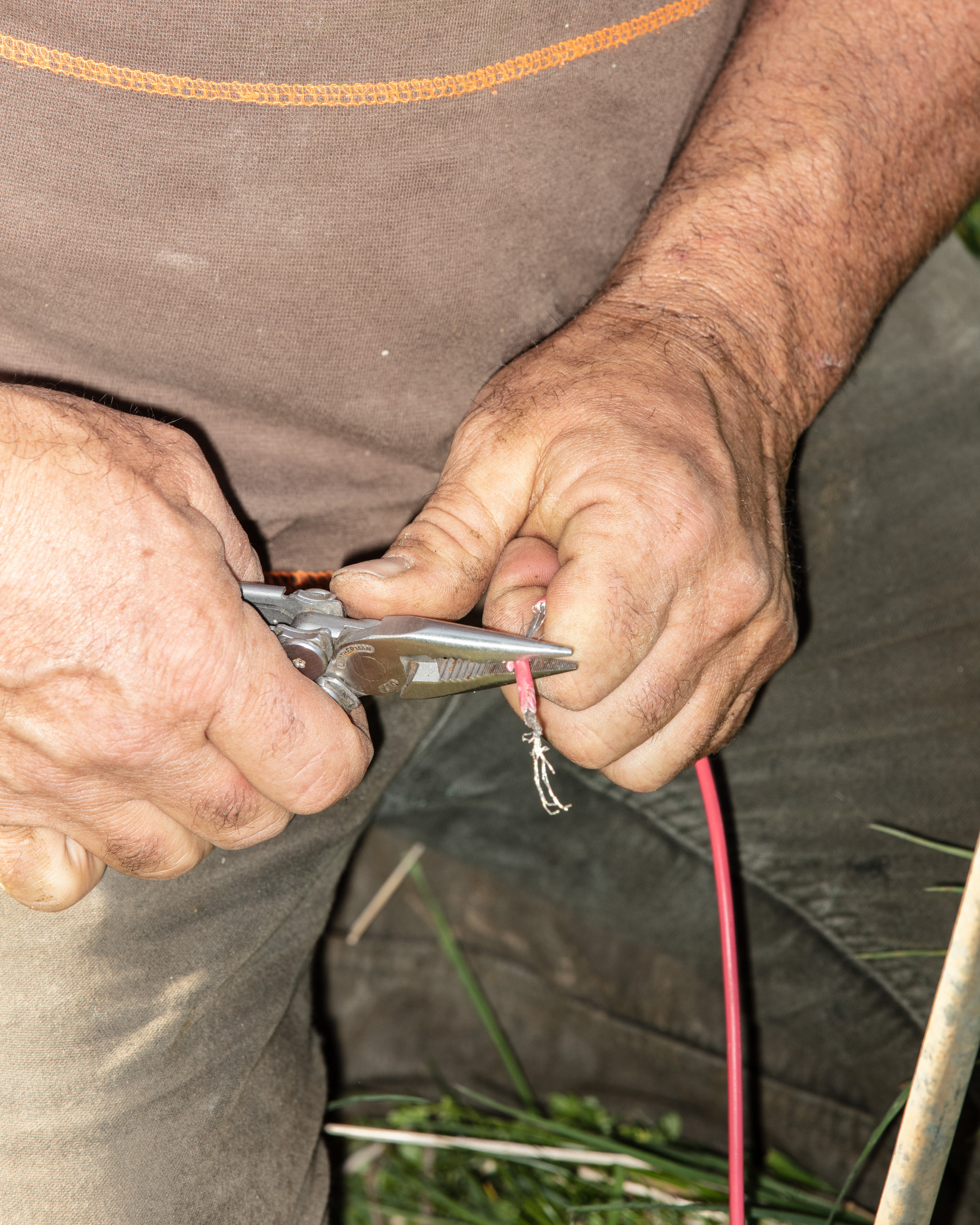
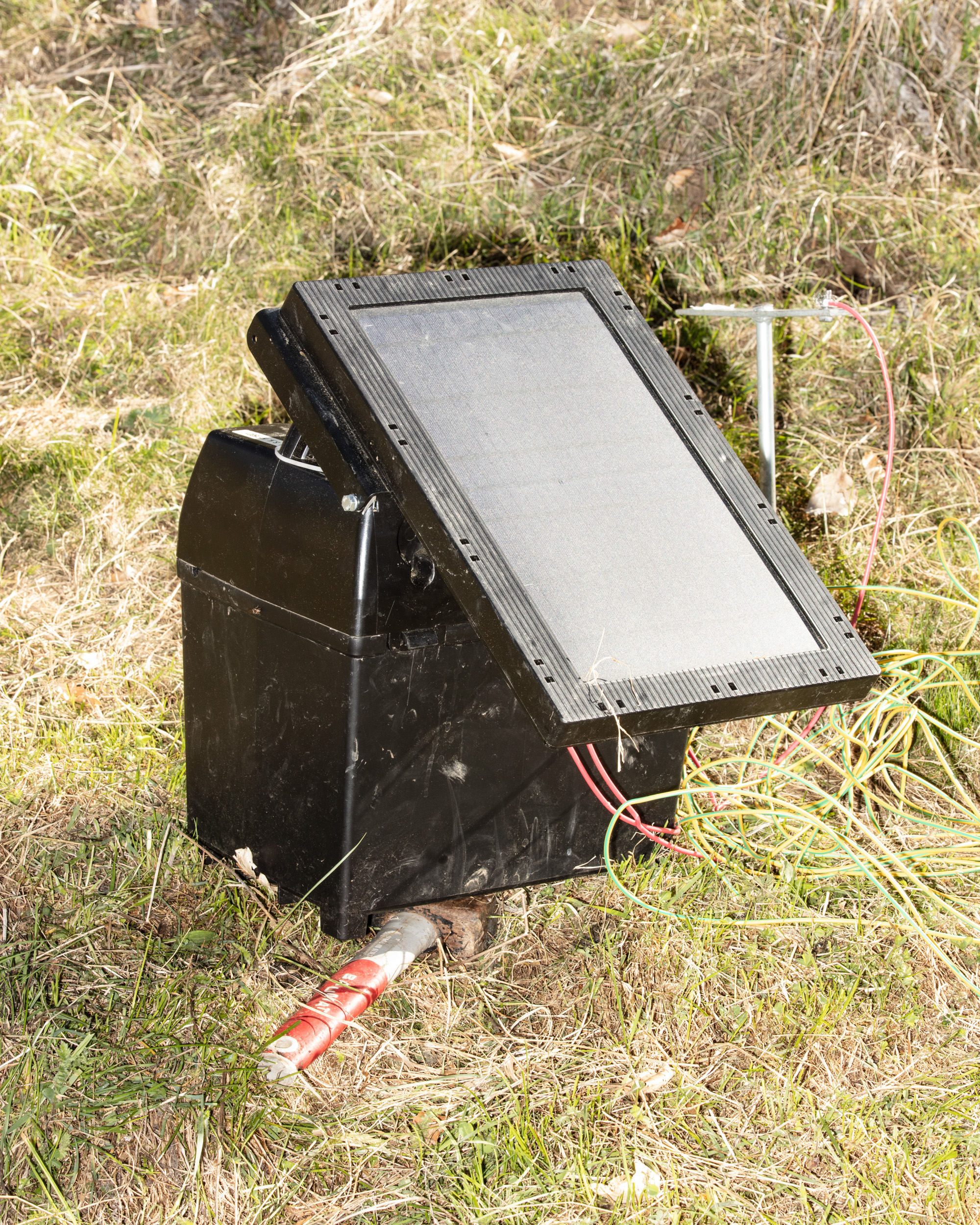

THE UDDER

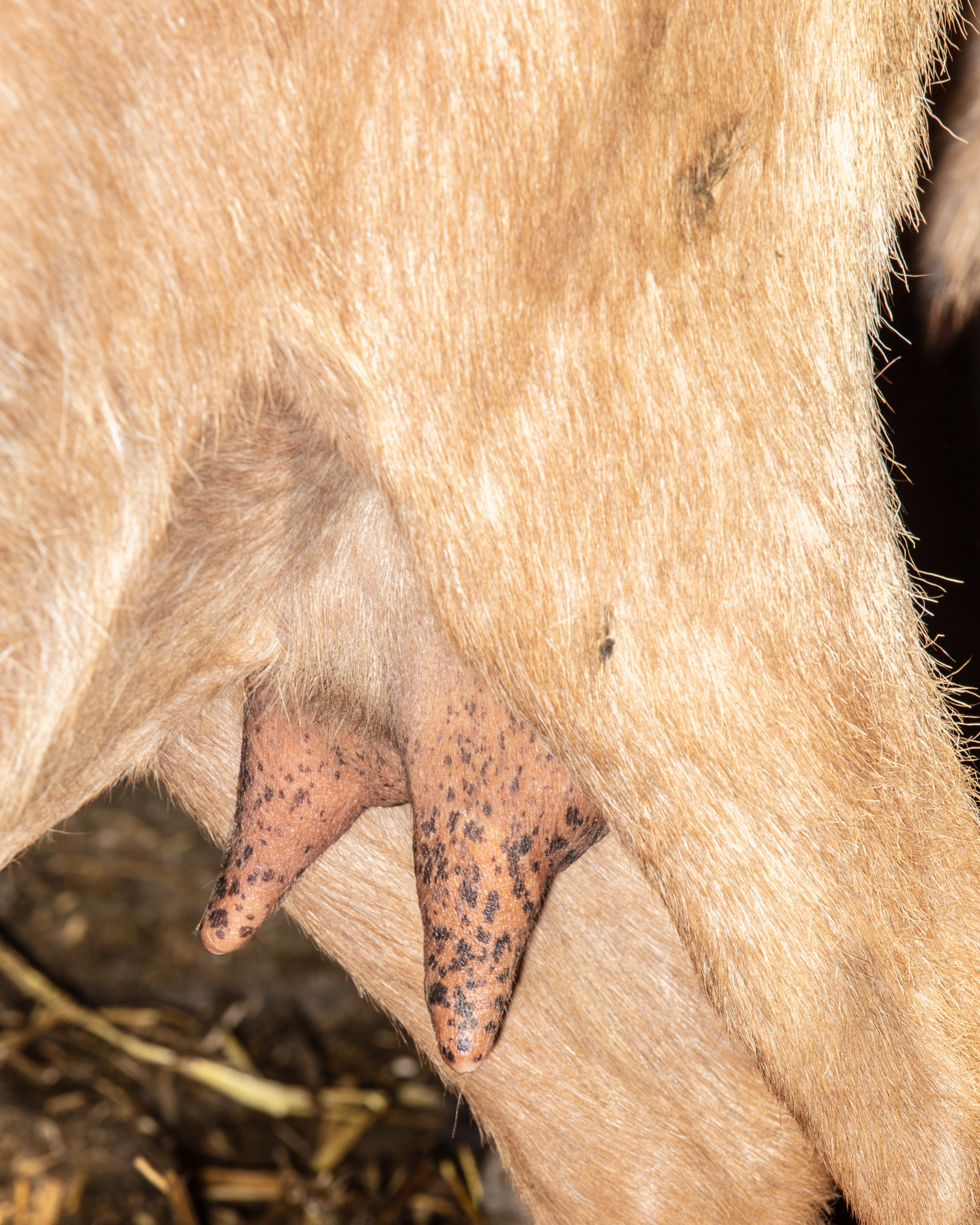
THE HAMMER

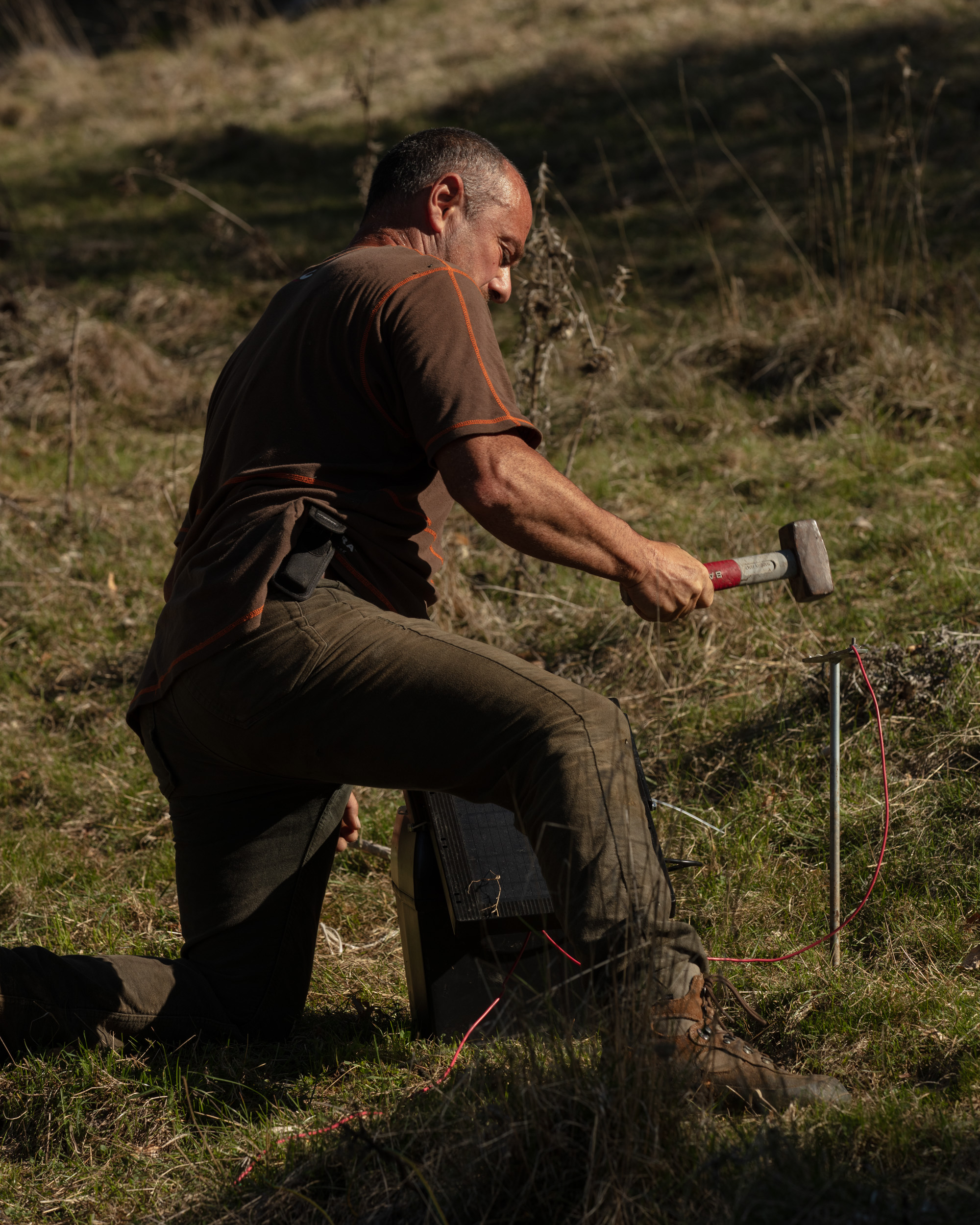

THE BOOTS AND THE PROTECTION
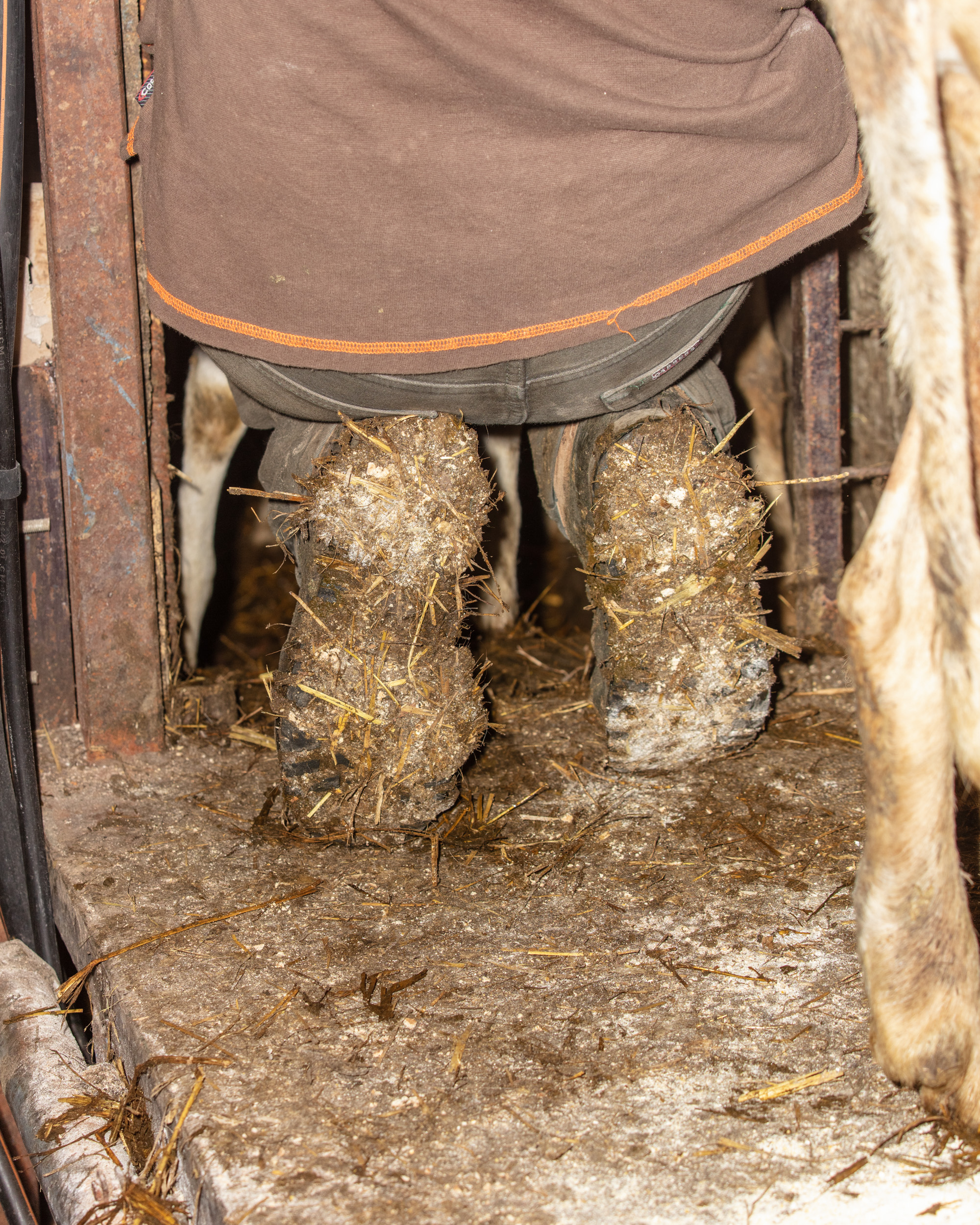
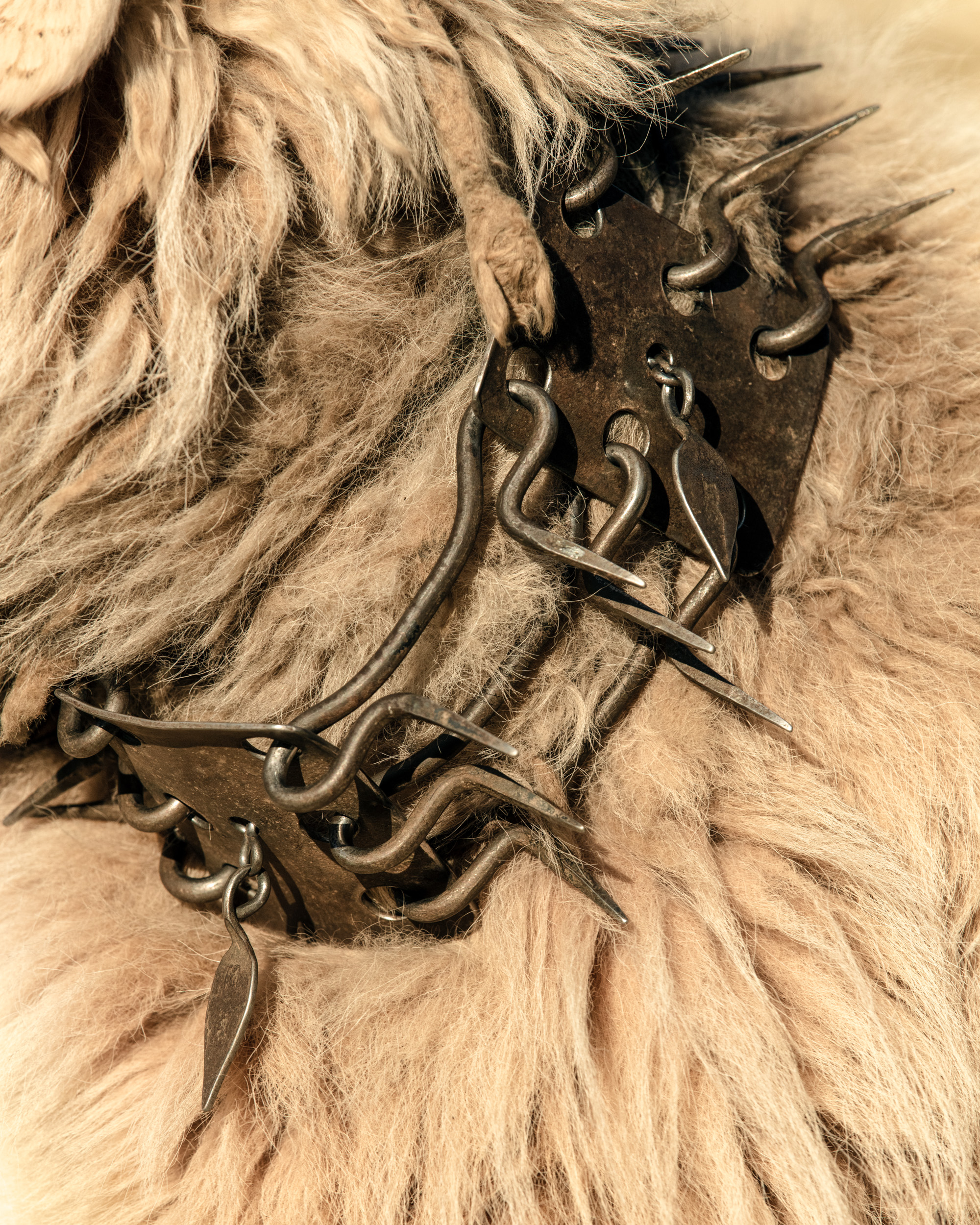
THE TO – TO – TO – TO
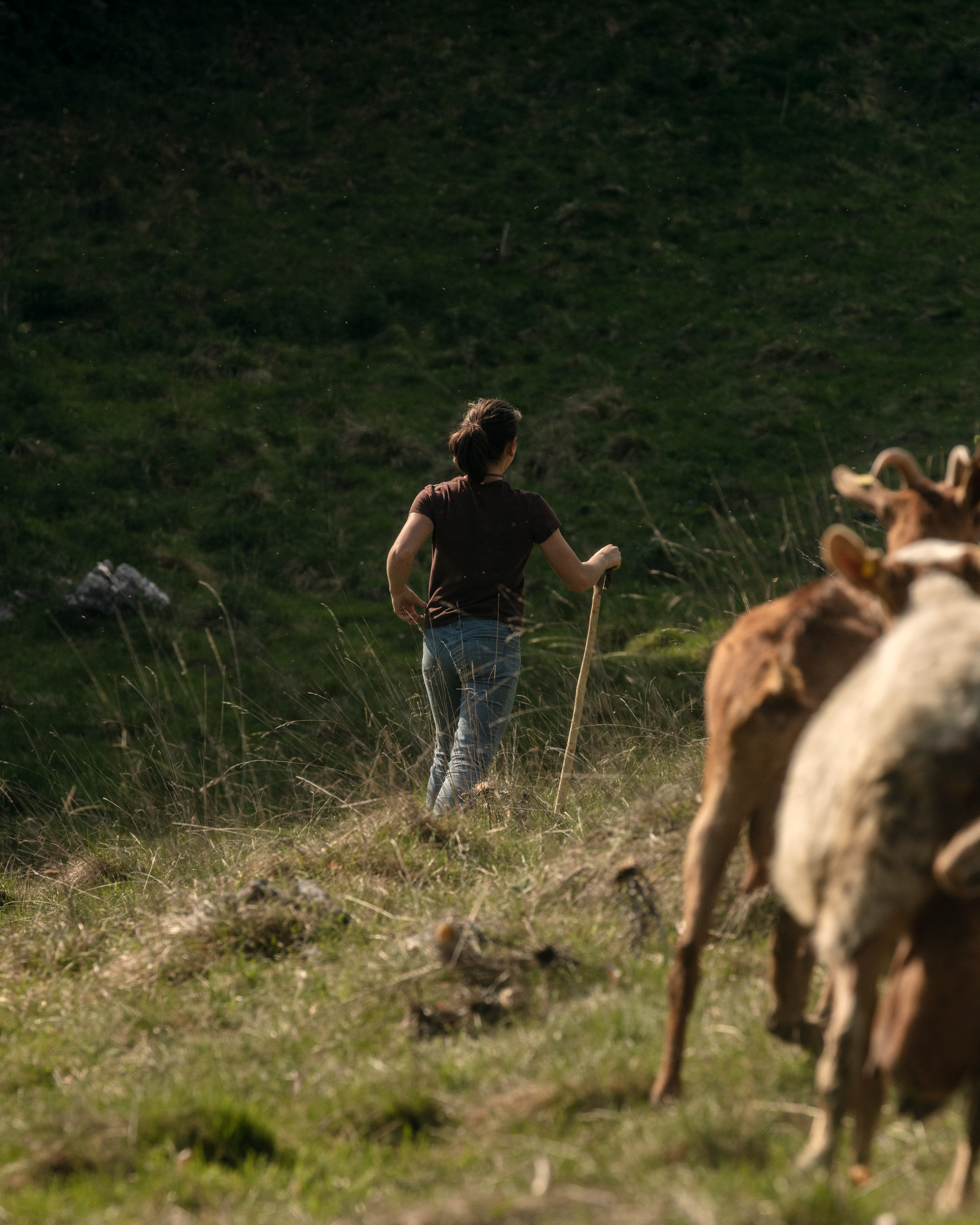

THE MINERAL
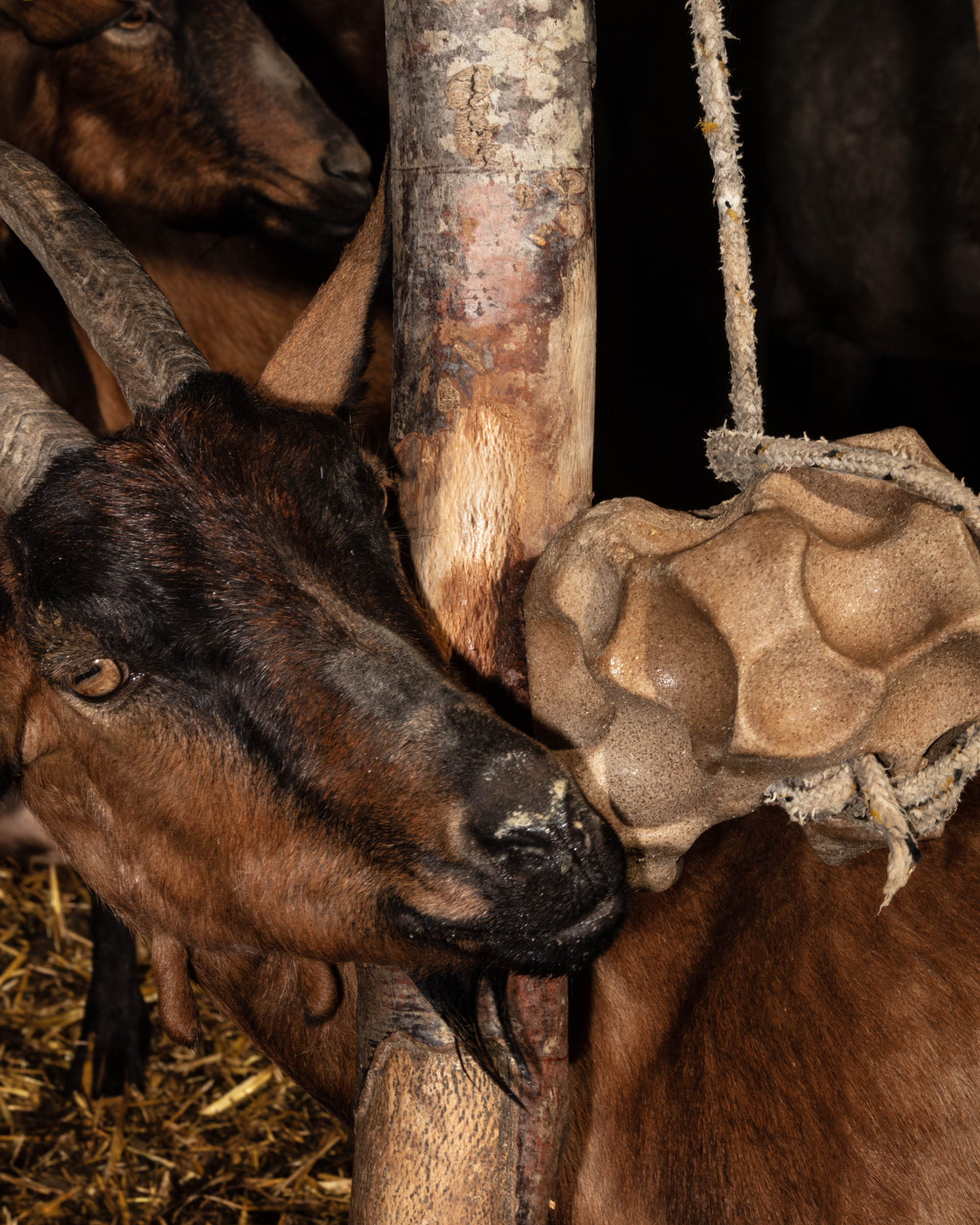
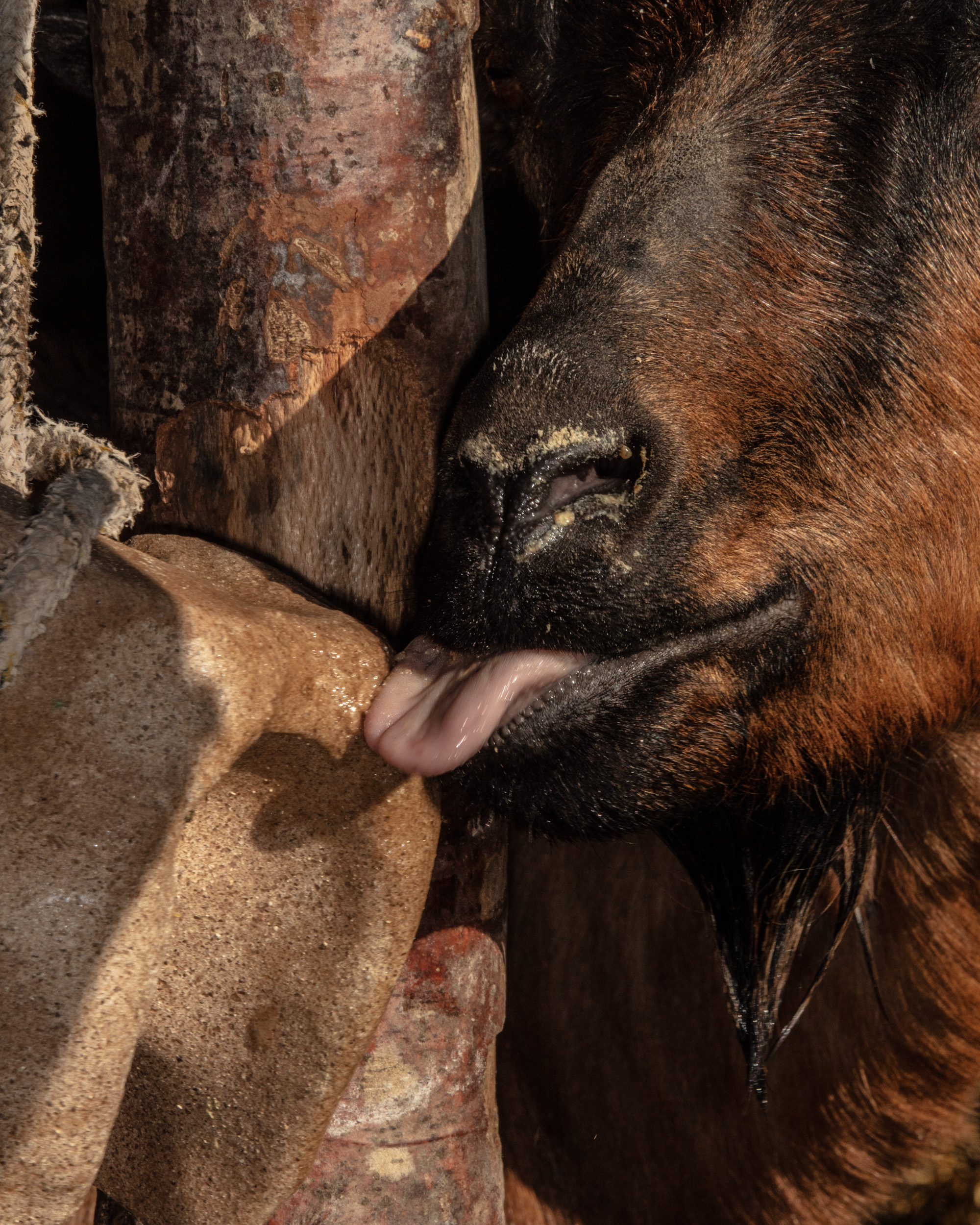
THE SHOULDER
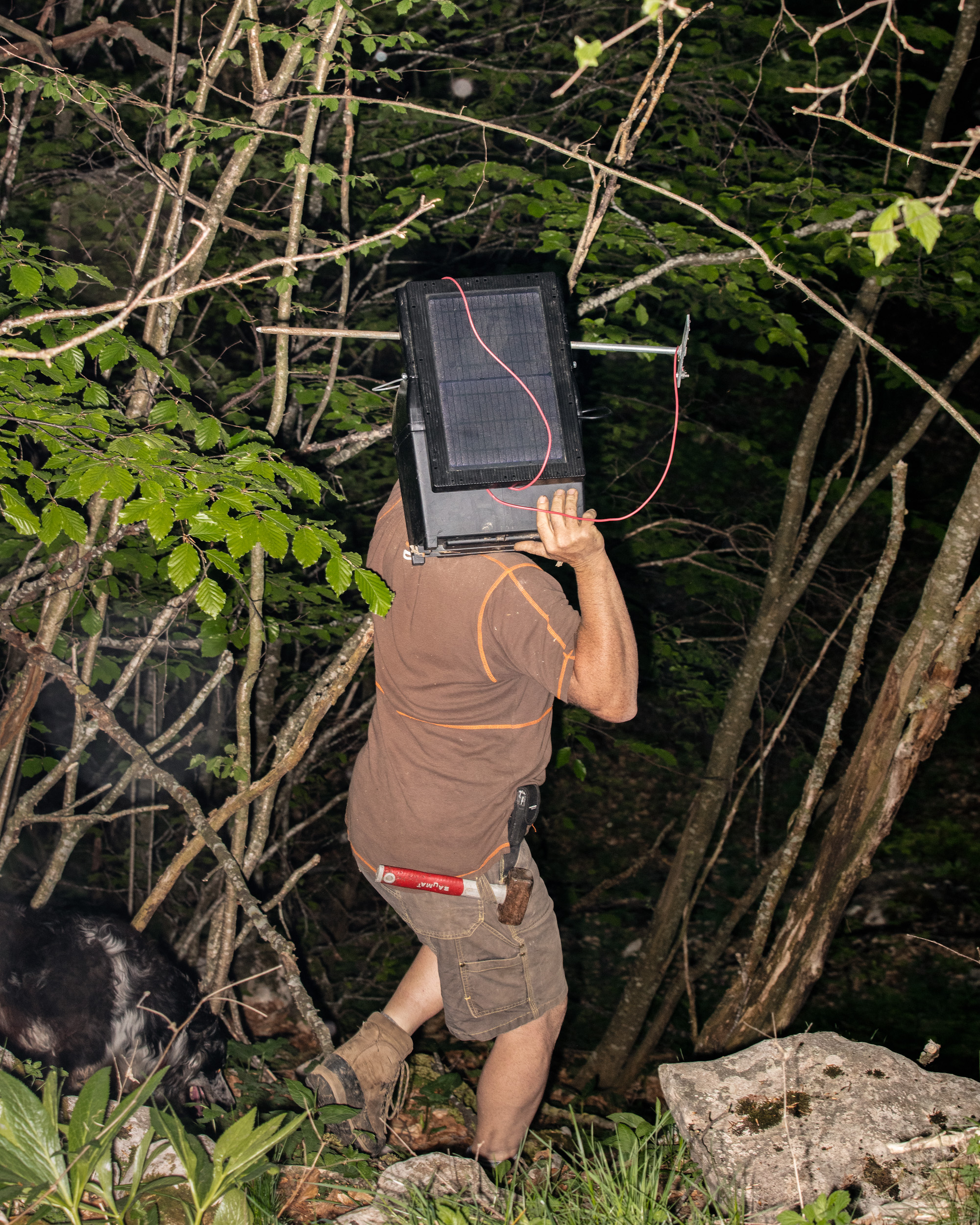
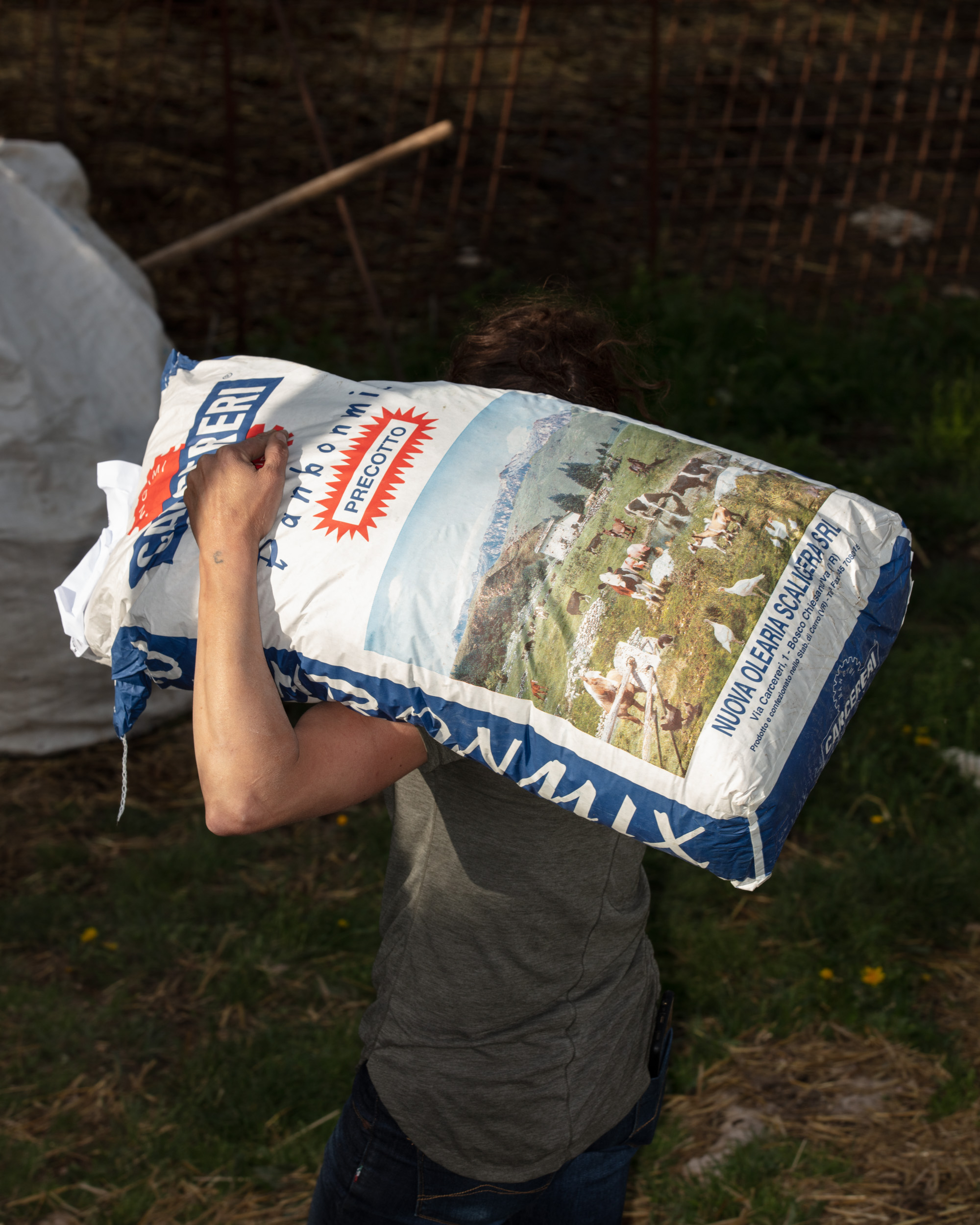
THE GRIP
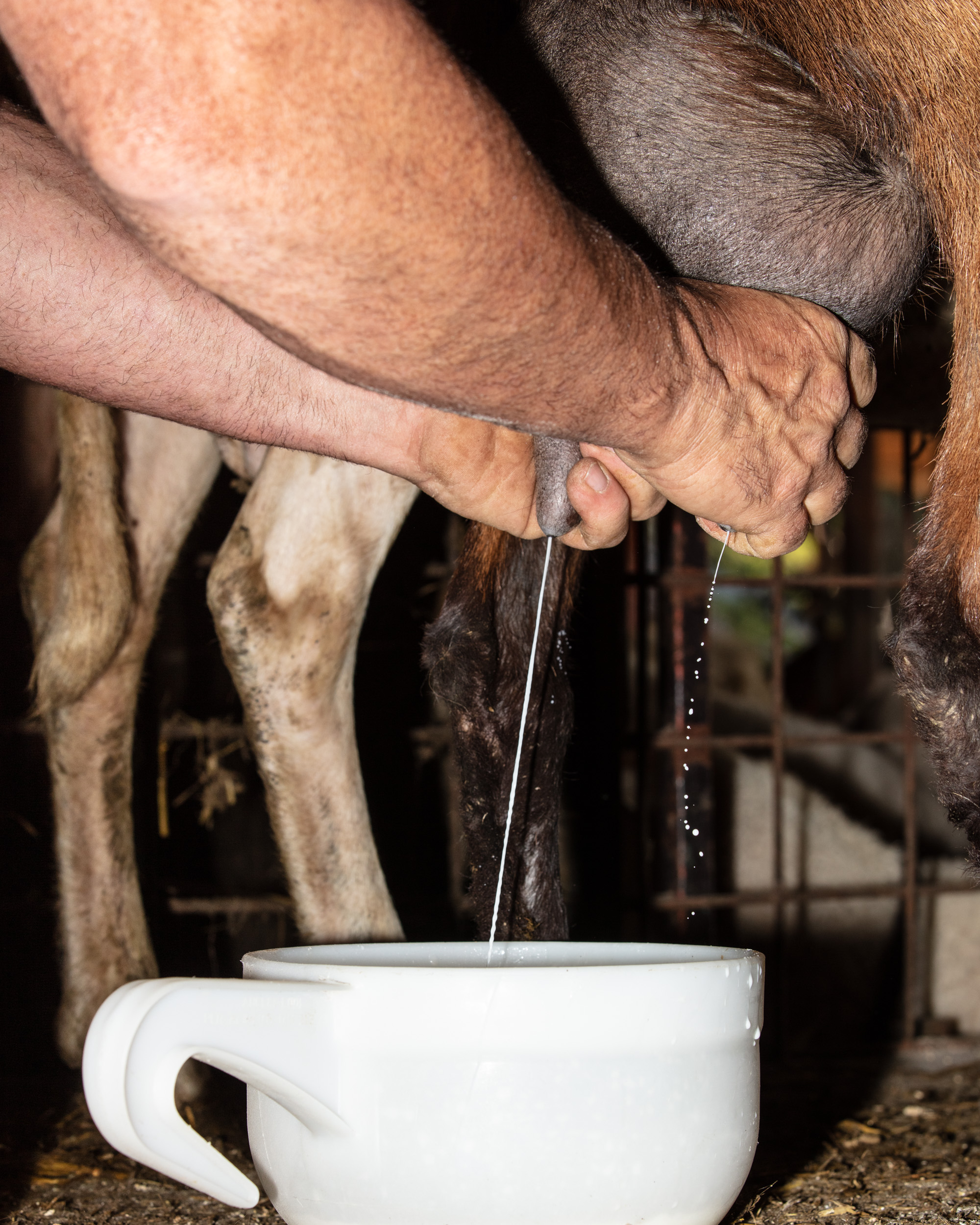

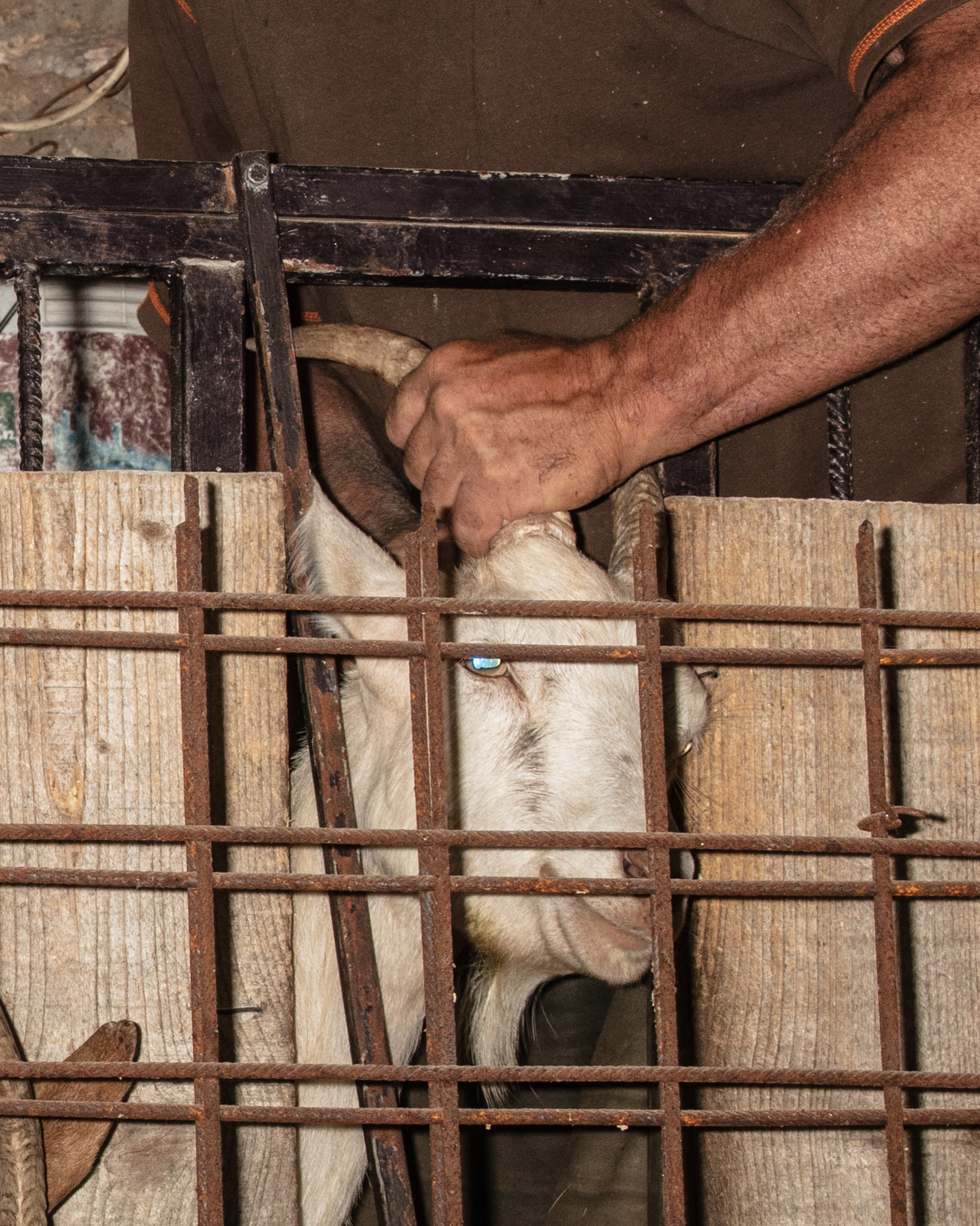
THE TELEPHONE

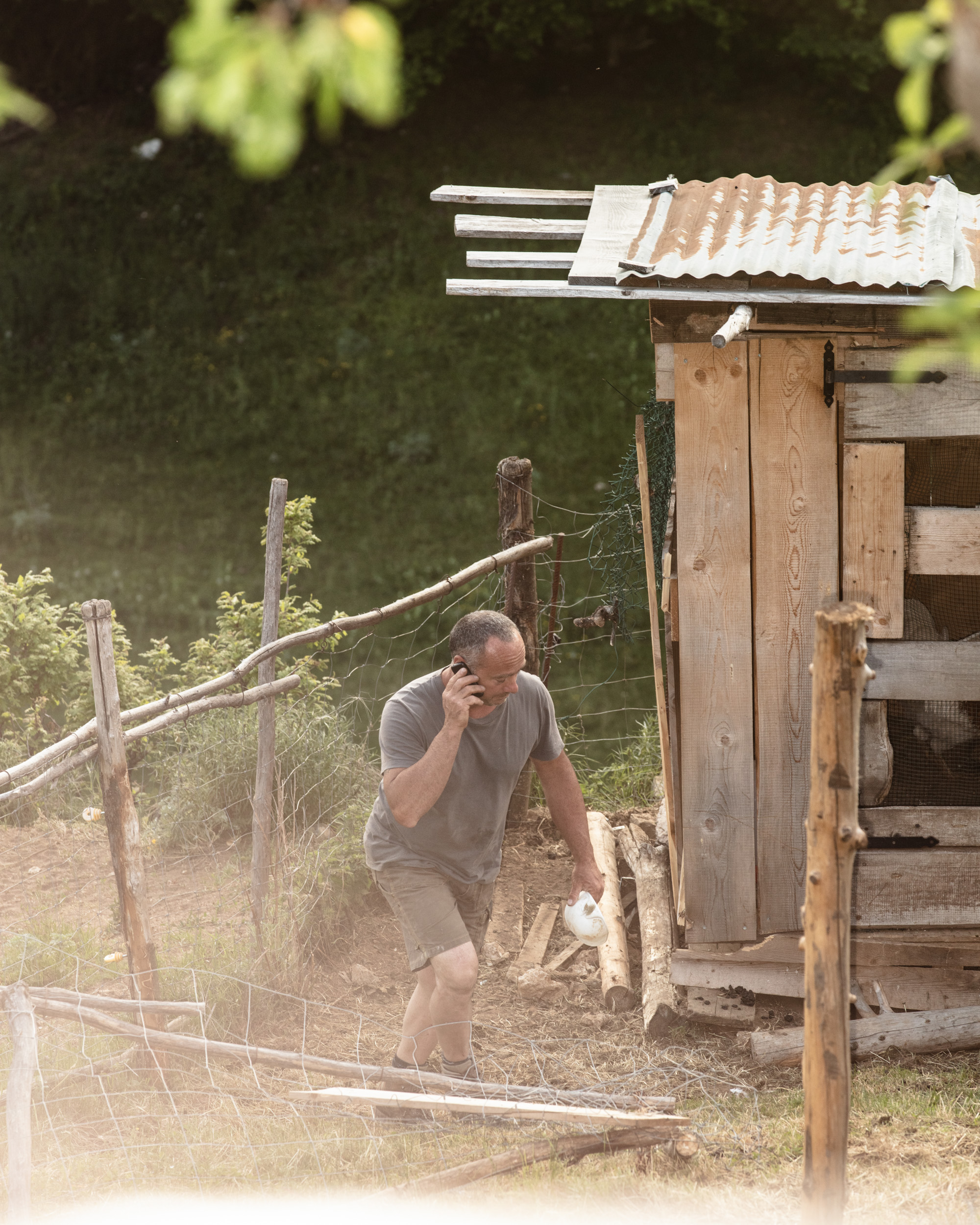
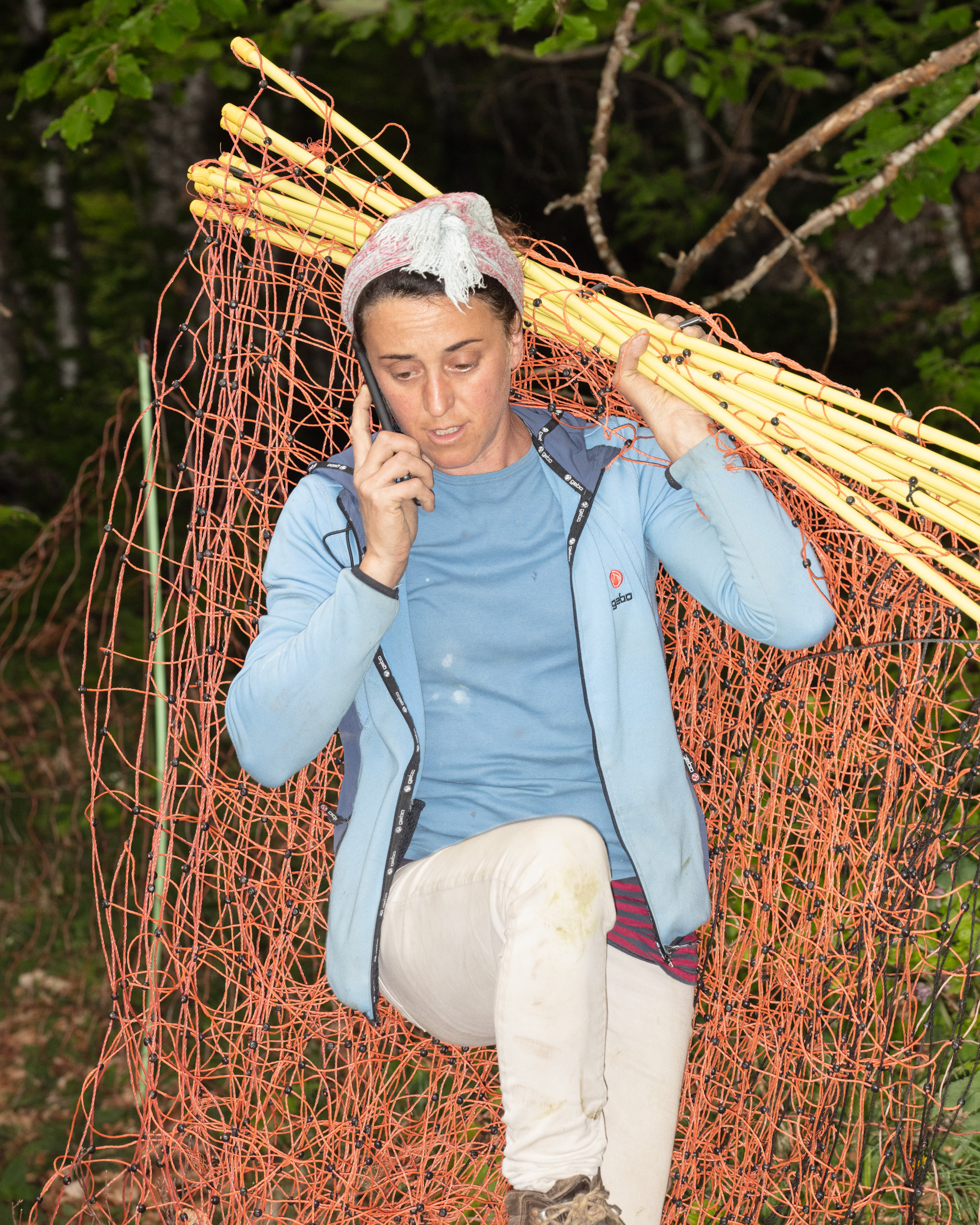
THE STICK
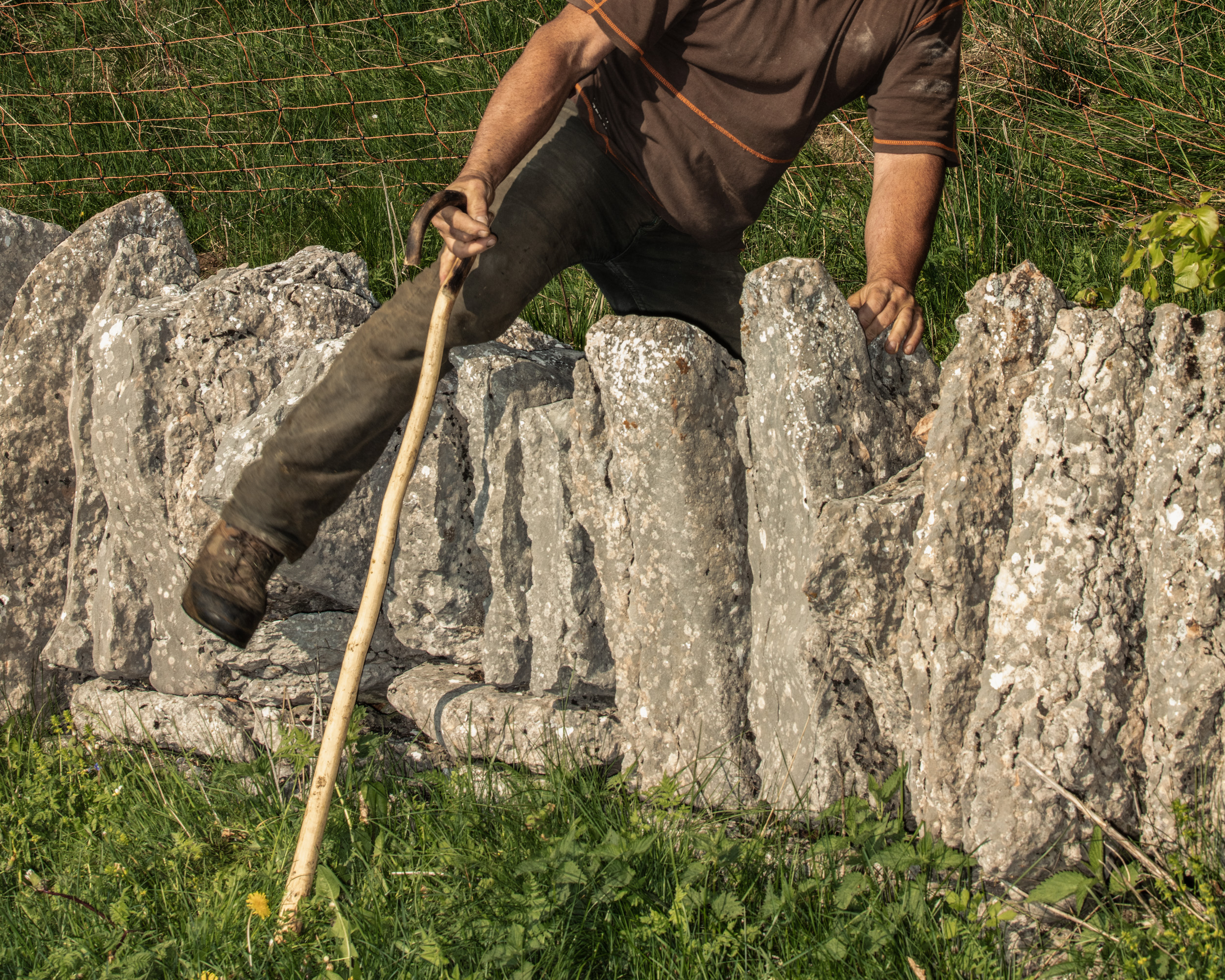

INSTALLATION
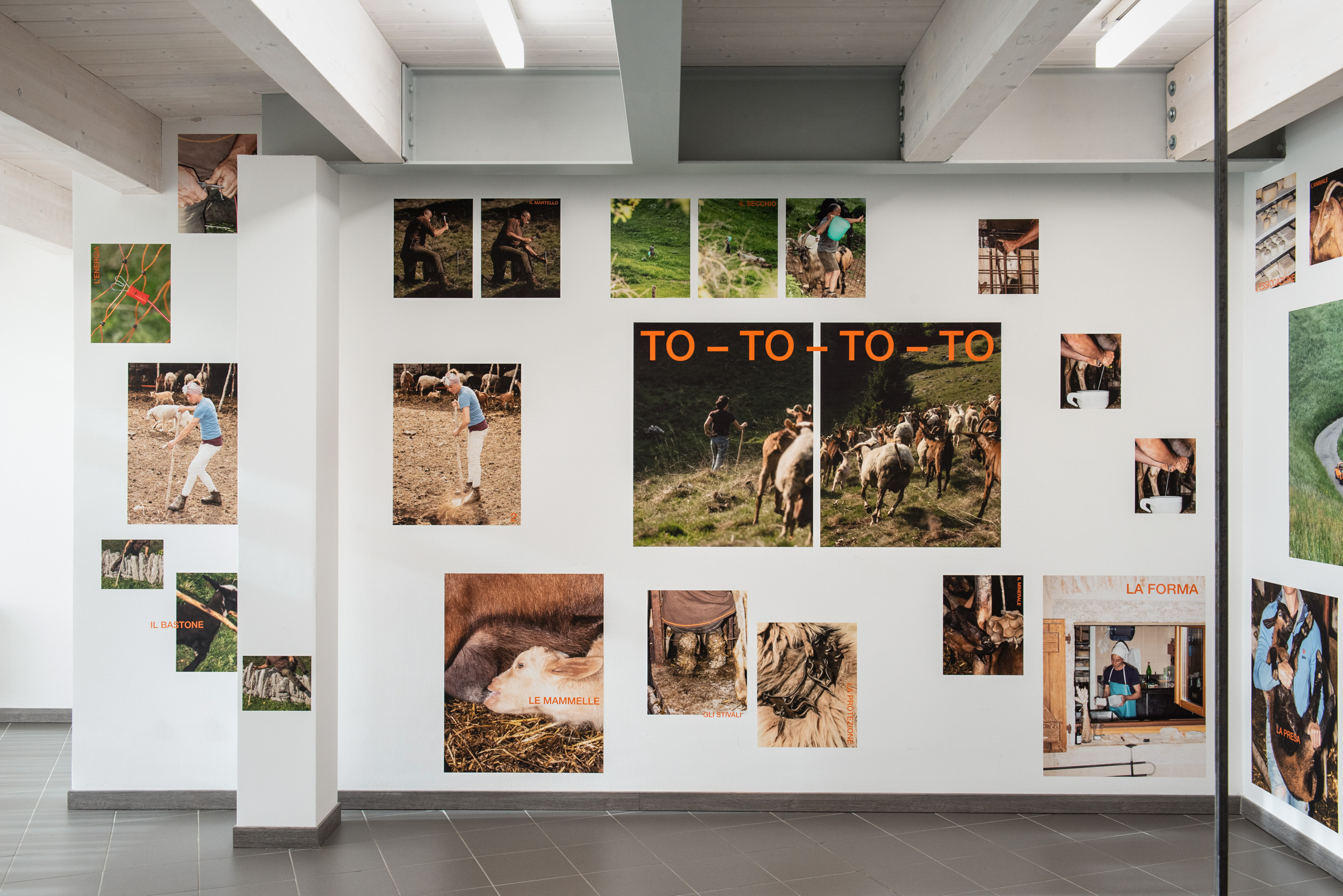
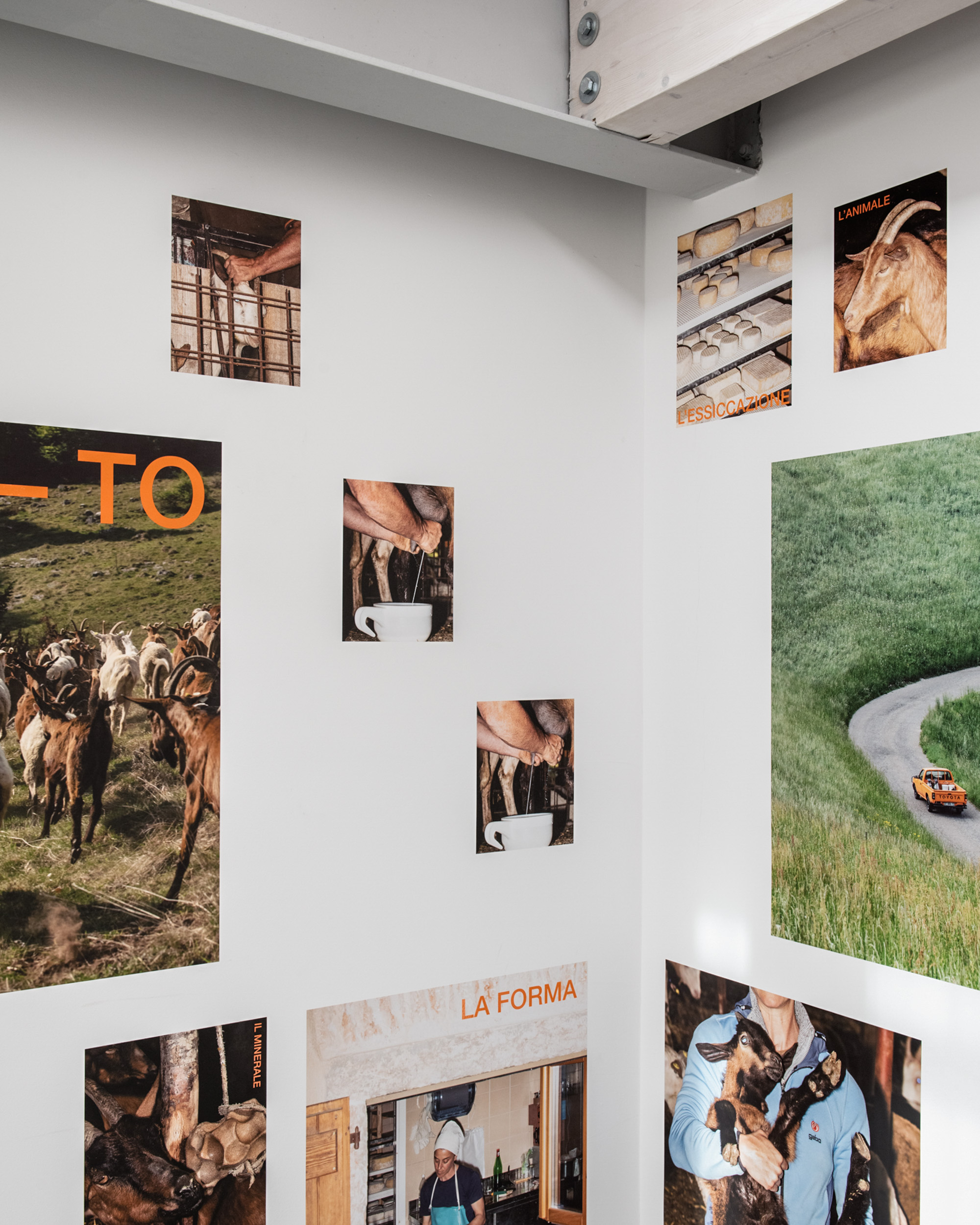
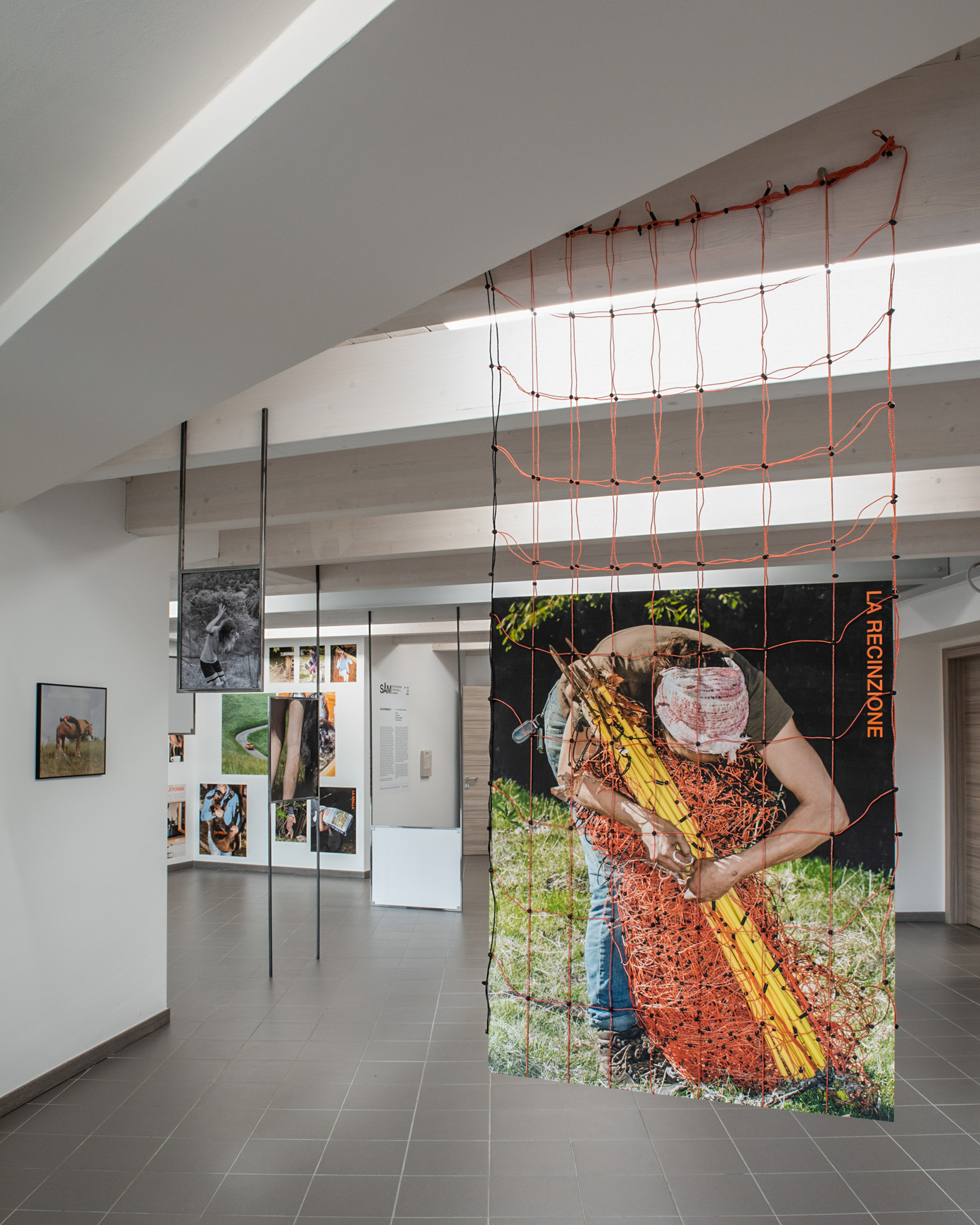


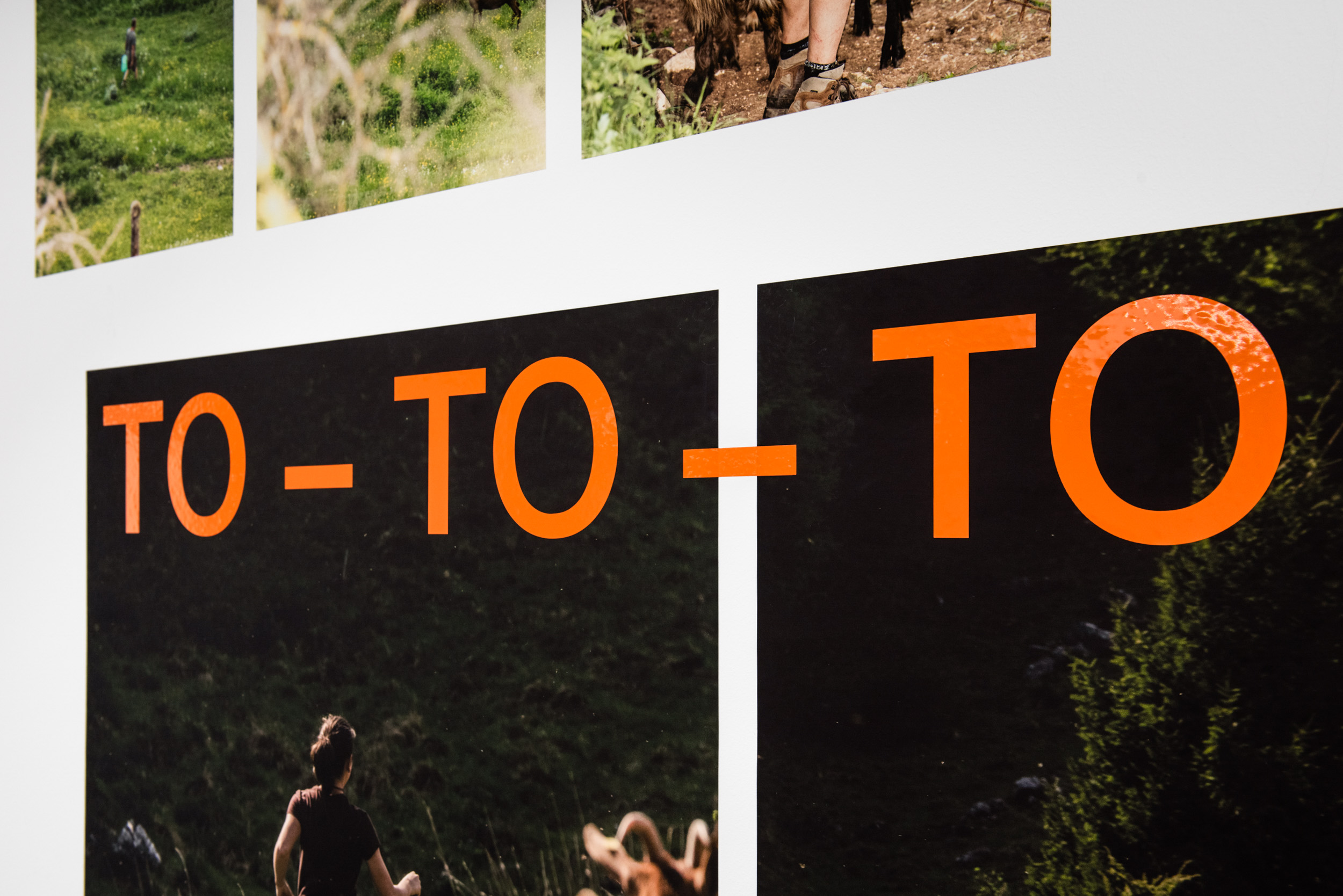
The main narrative of this book is a series of images documenting construction sites
and urban infrastructures. As the series progresses, some details emerge whereas others are
omitted. Movement and space are at once static and elastic. Because the images are published
as timelines, they remind us that the process of photography deals with time and space, as
well as the constant manipulation of those parameters. It follows then, that the skill of the
photographer is to make choices in relation to the camera and space. Therefore, the series of
construction sites evidences the camera’s ability or inability to act as a window to reality.
Philosopher Vilém Flusser once suggested that ‘in the act of photography the camera does the
will of the photographer, but the photographer has to will what the camera can do.’
- Johan Deurell
- Johan Deurell
CONSTRUCTS
Published by Heavy Books in 2020
23 x 29 cm
52 pages, with 16-page insert
Open spine with silk screened dust jacket
First edition of 300 copies
ISBN: 978-82-93580-09-6
Available from Heavy Books
Published by Heavy Books in 2020
23 x 29 cm
52 pages, with 16-page insert
Open spine with silk screened dust jacket
First edition of 300 copies
ISBN: 978-82-93580-09-6
Available from Heavy Books
Participation in the project POST-POSTMODERNISM curated by ILL-STUDIO.
